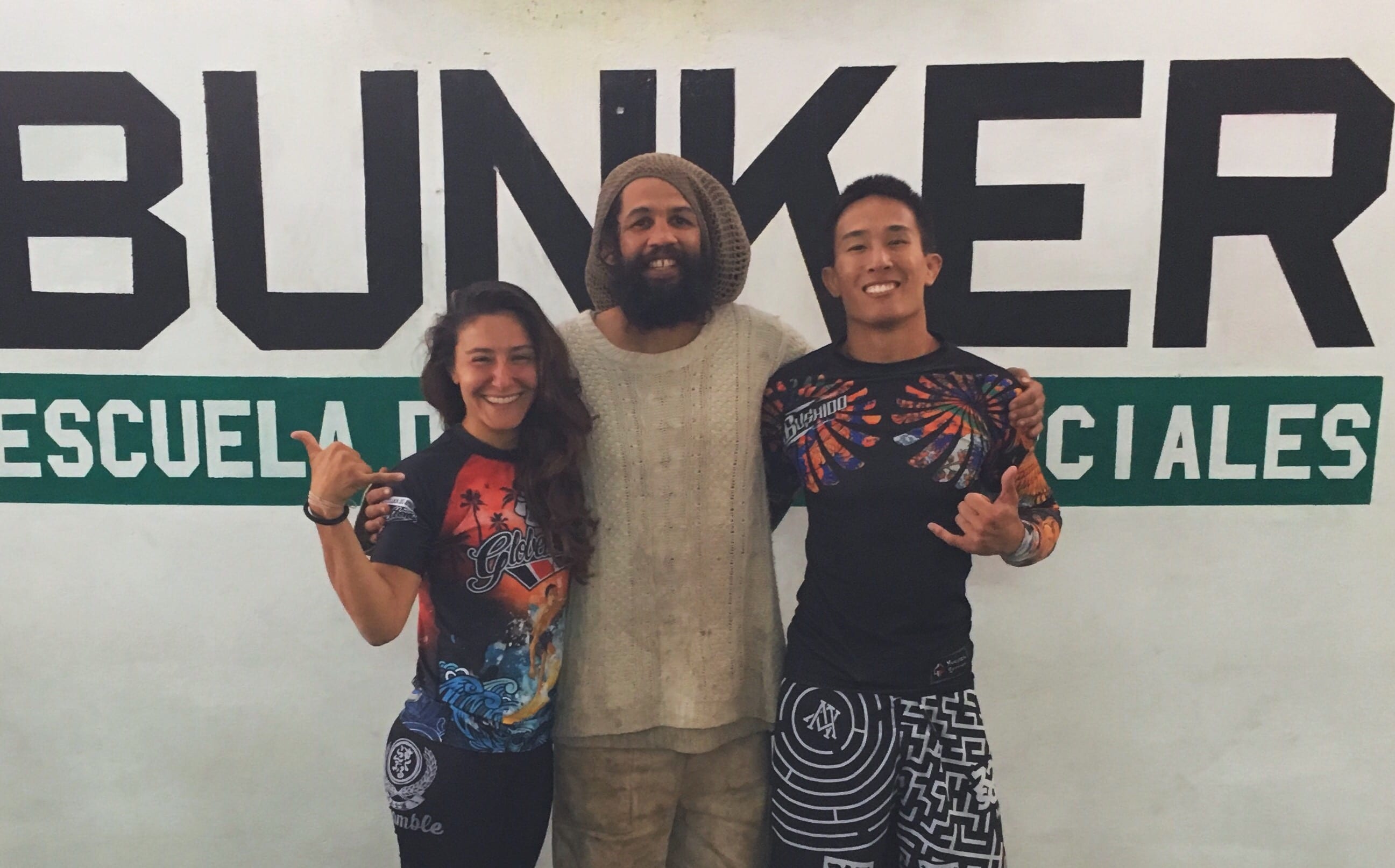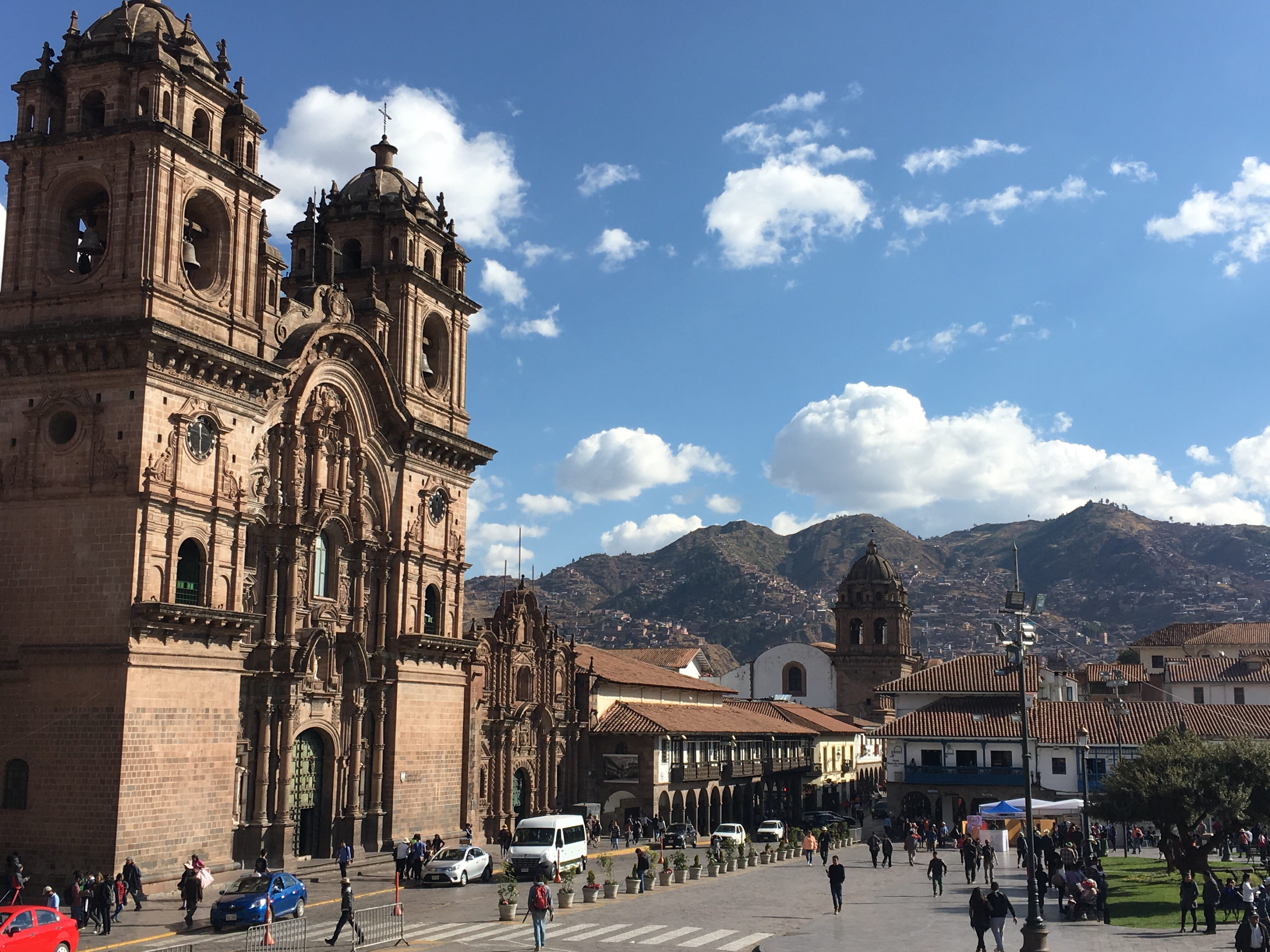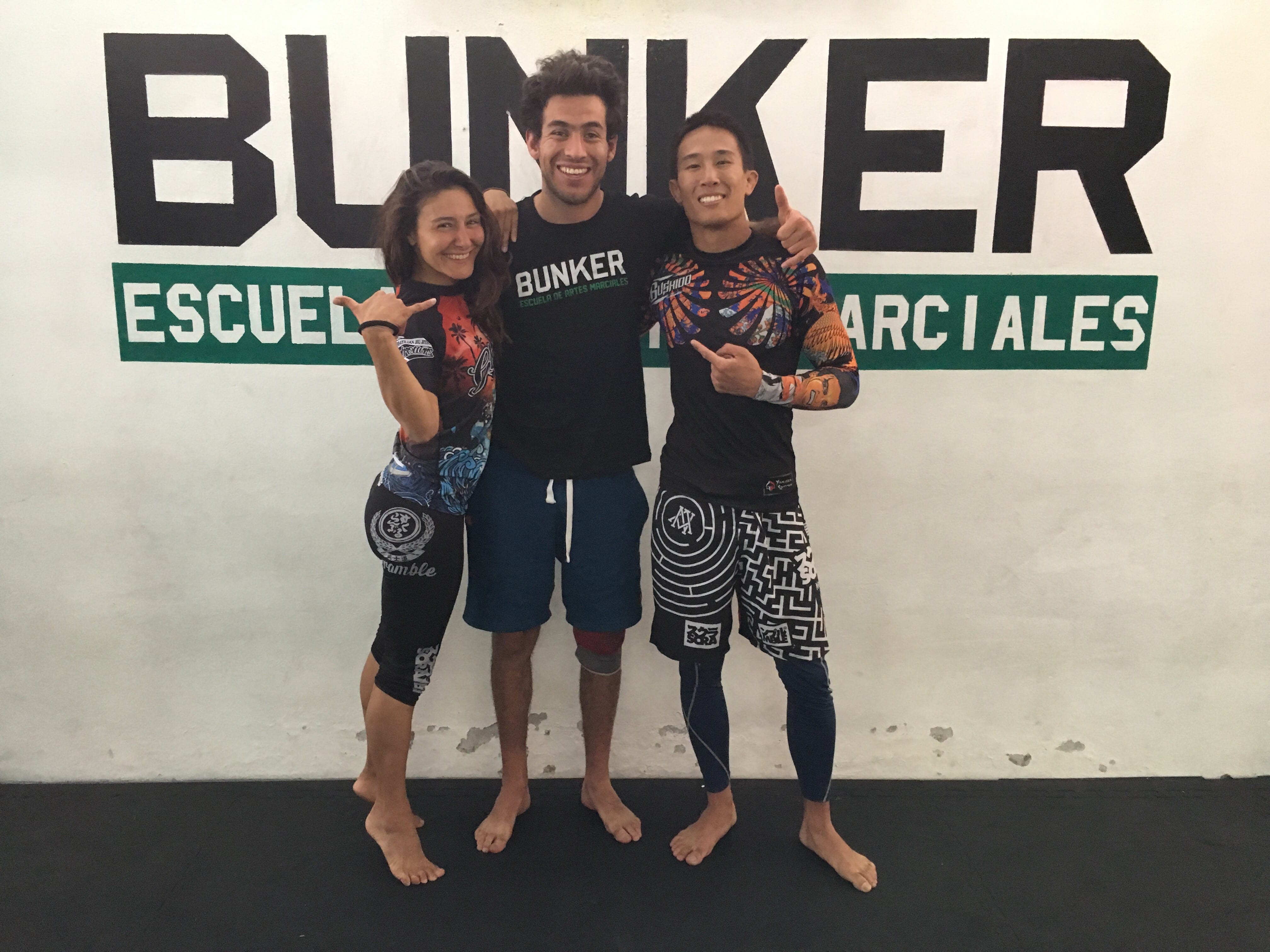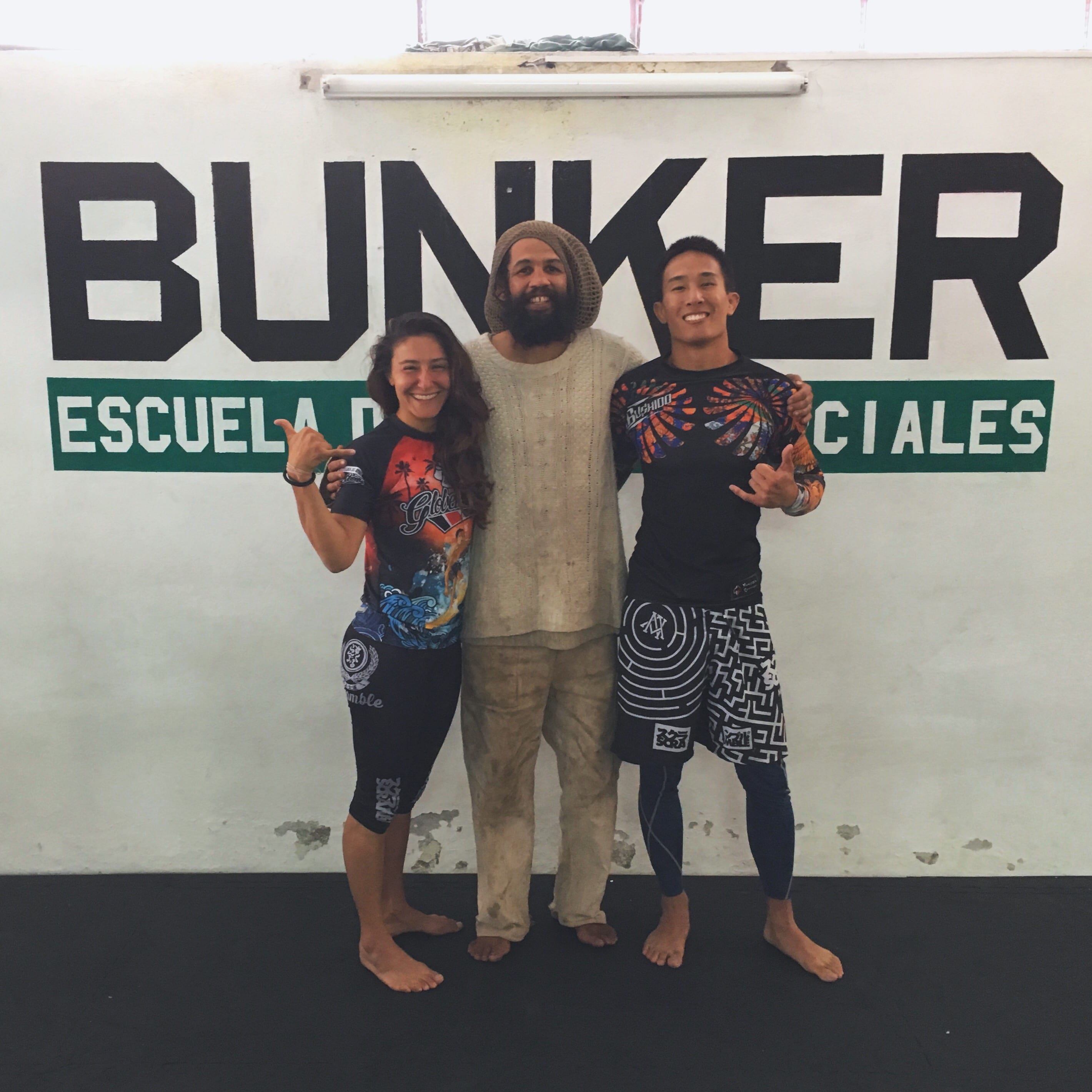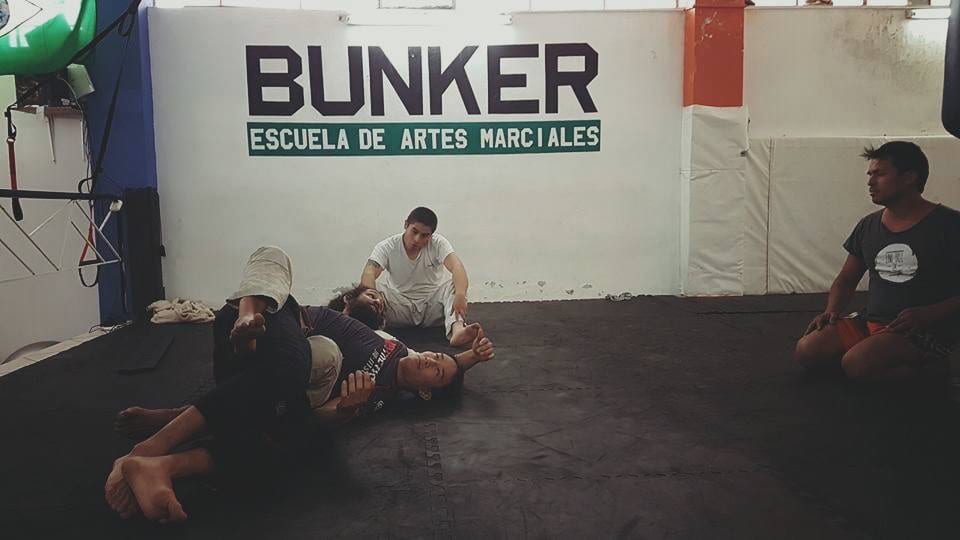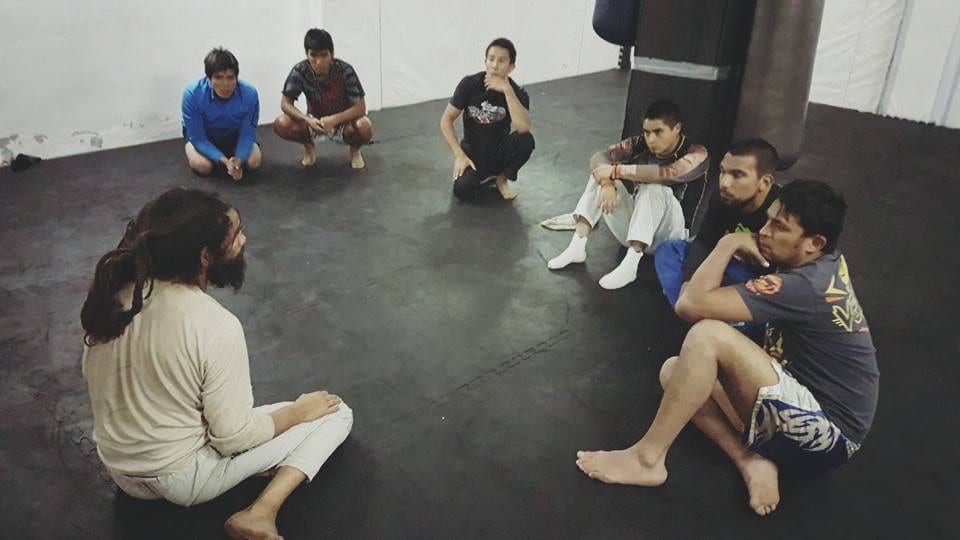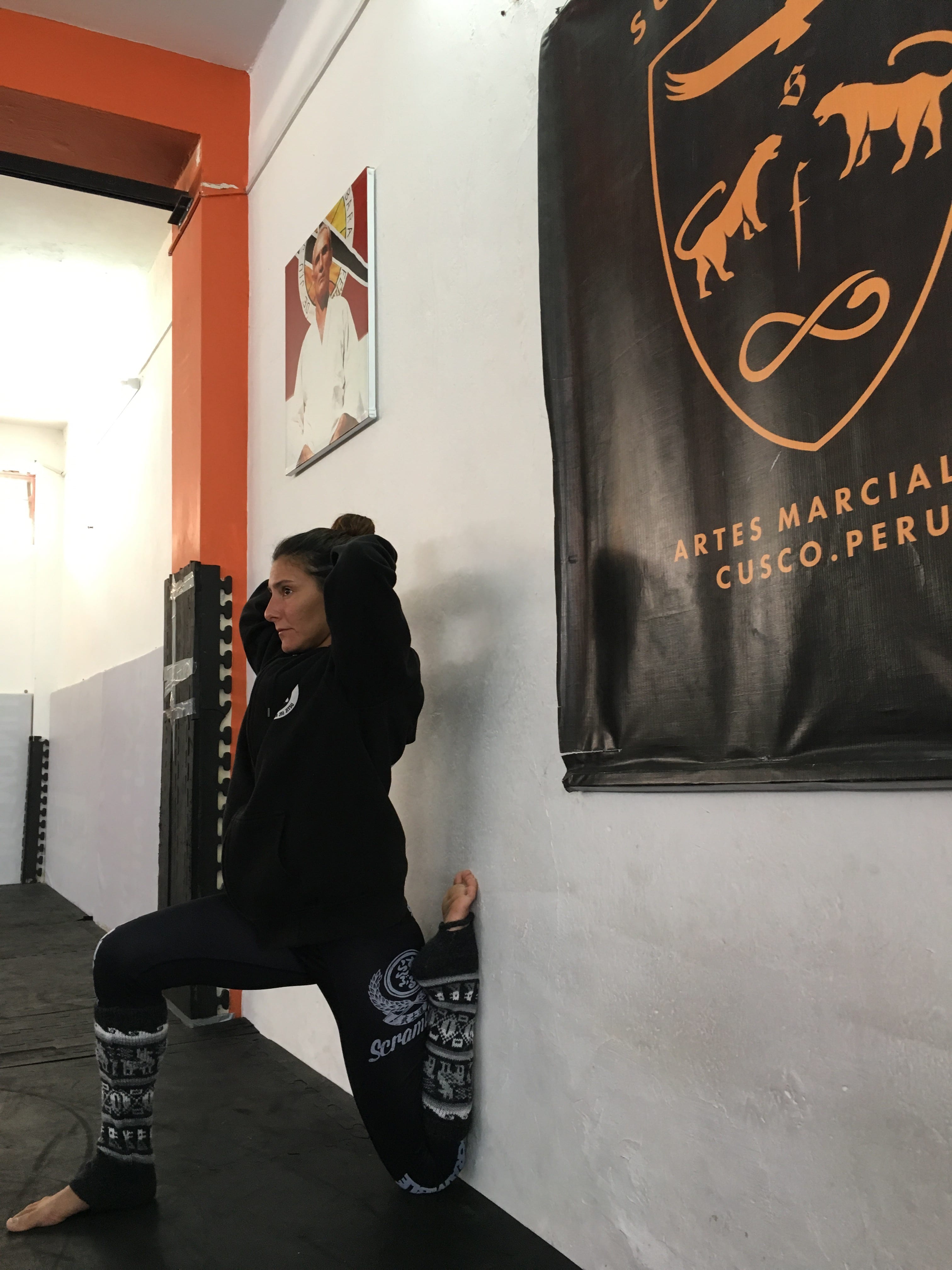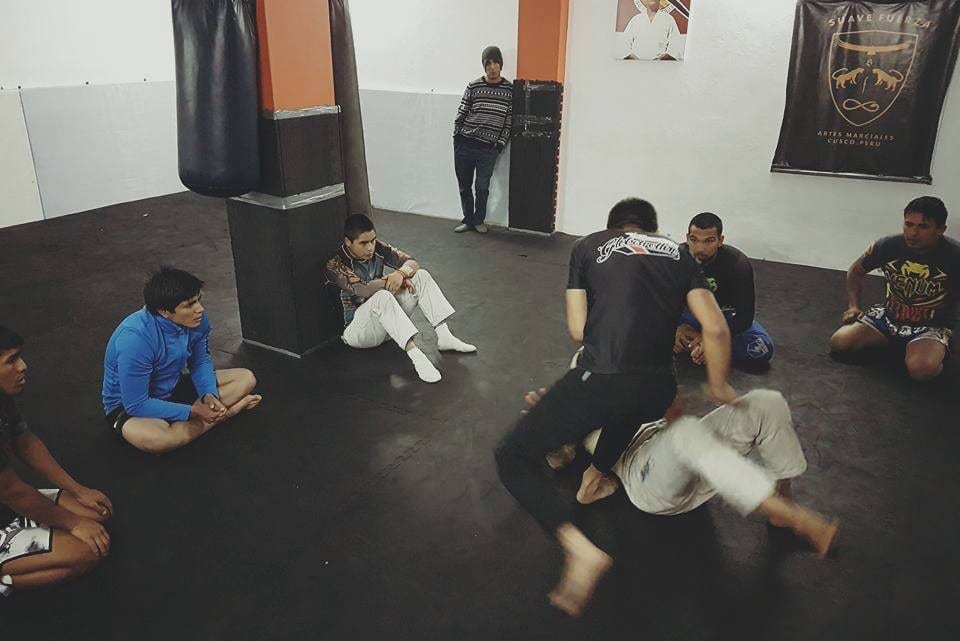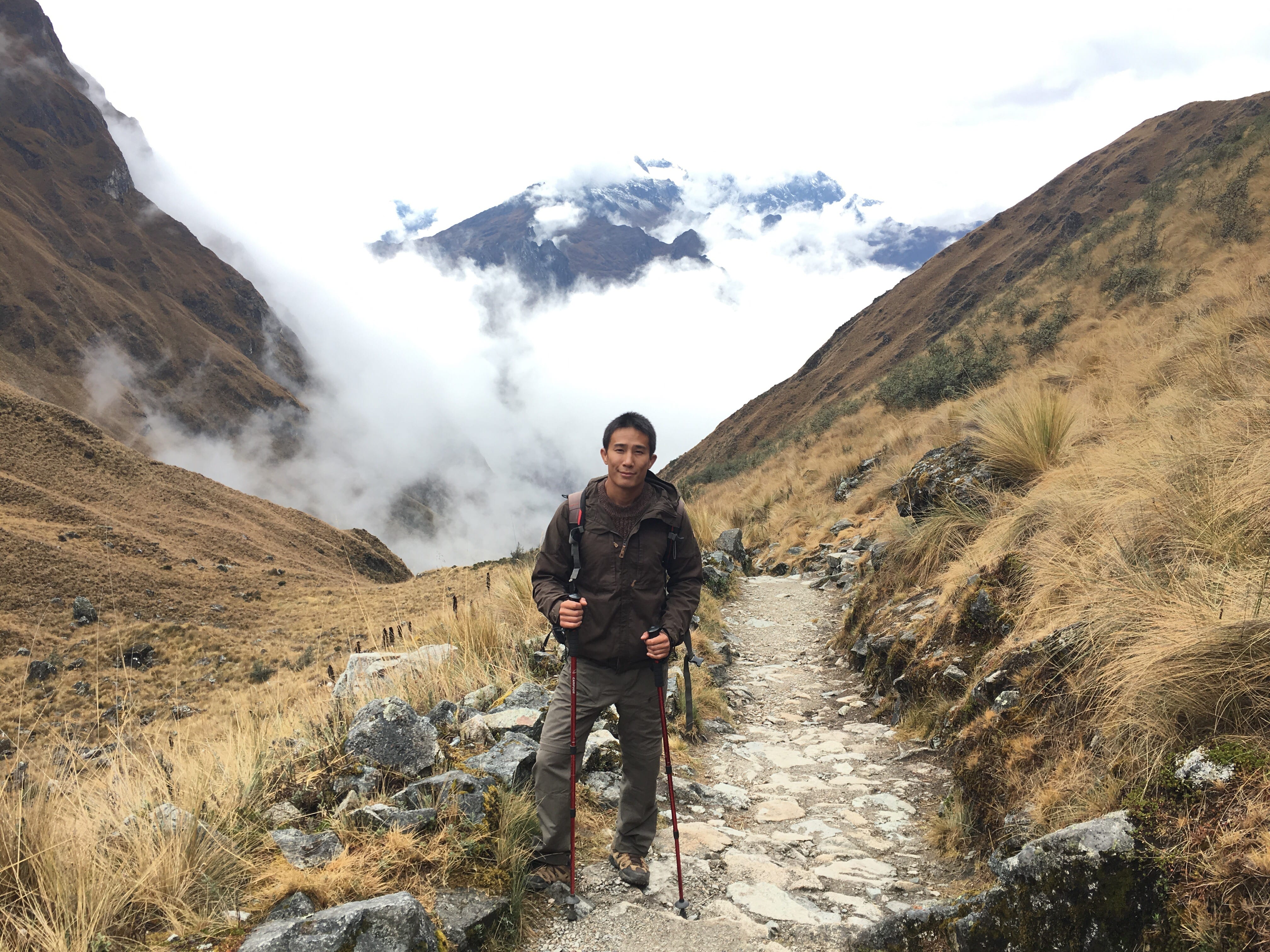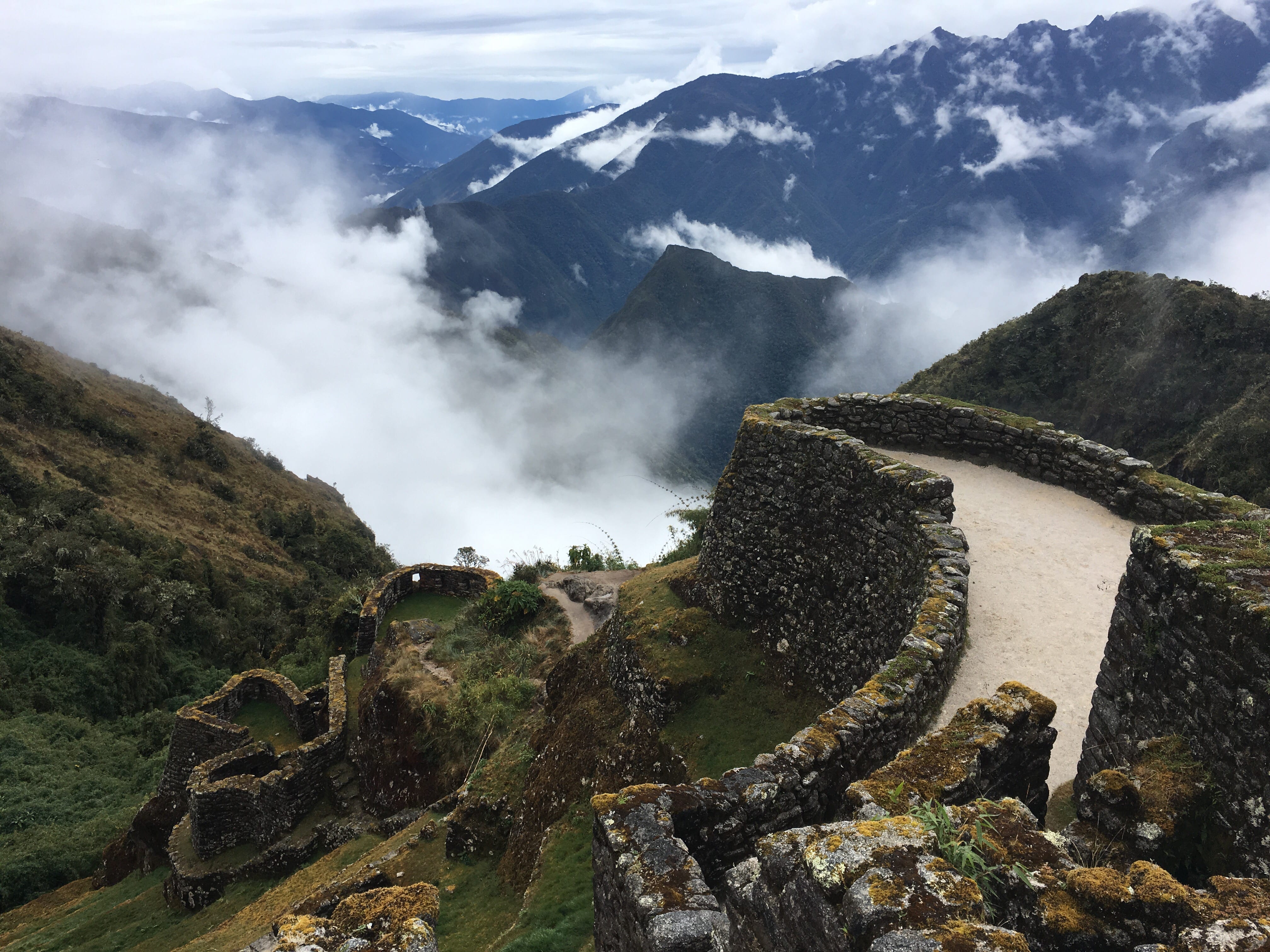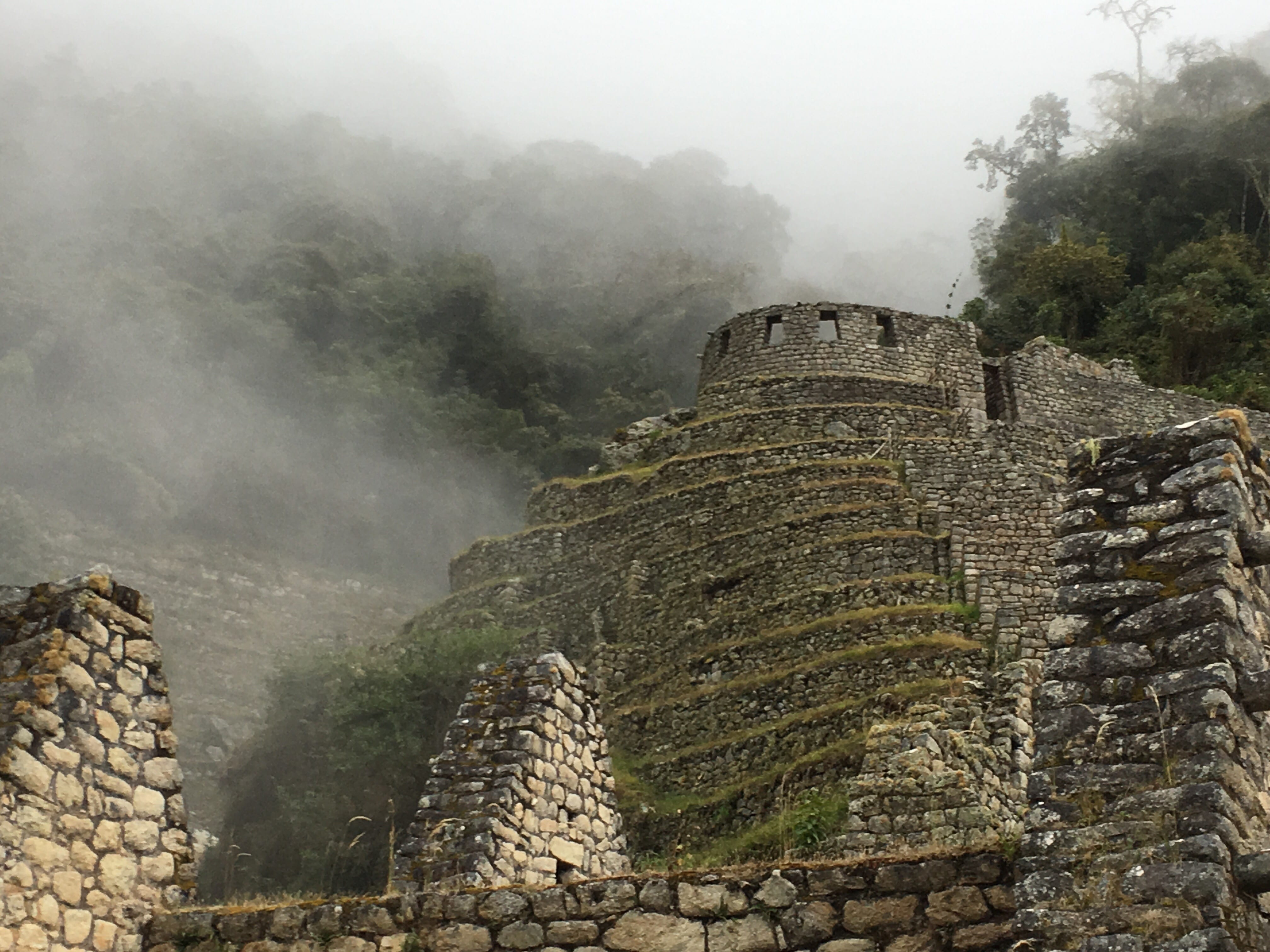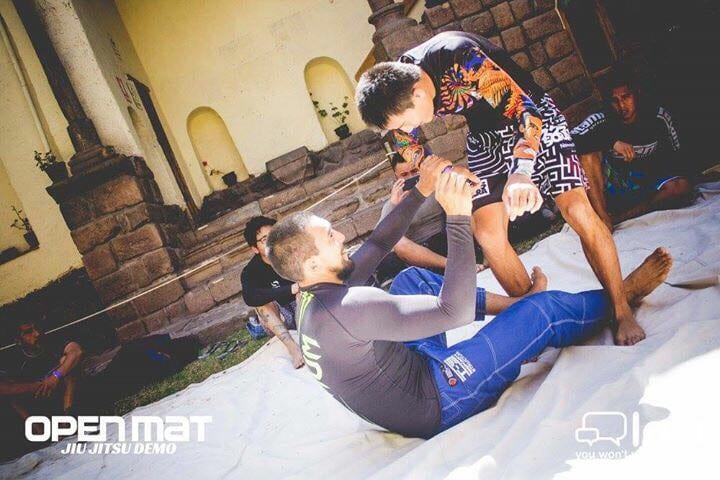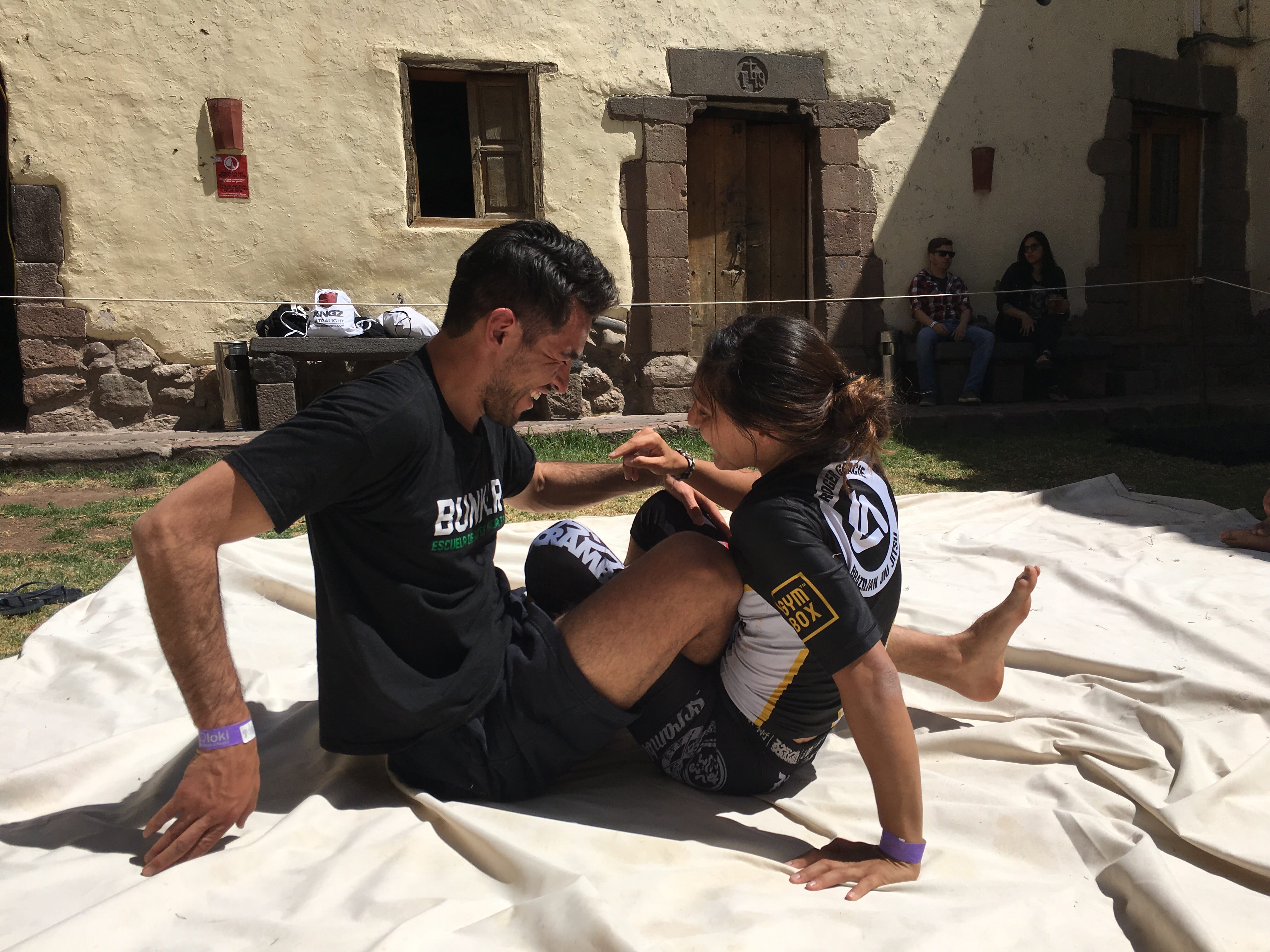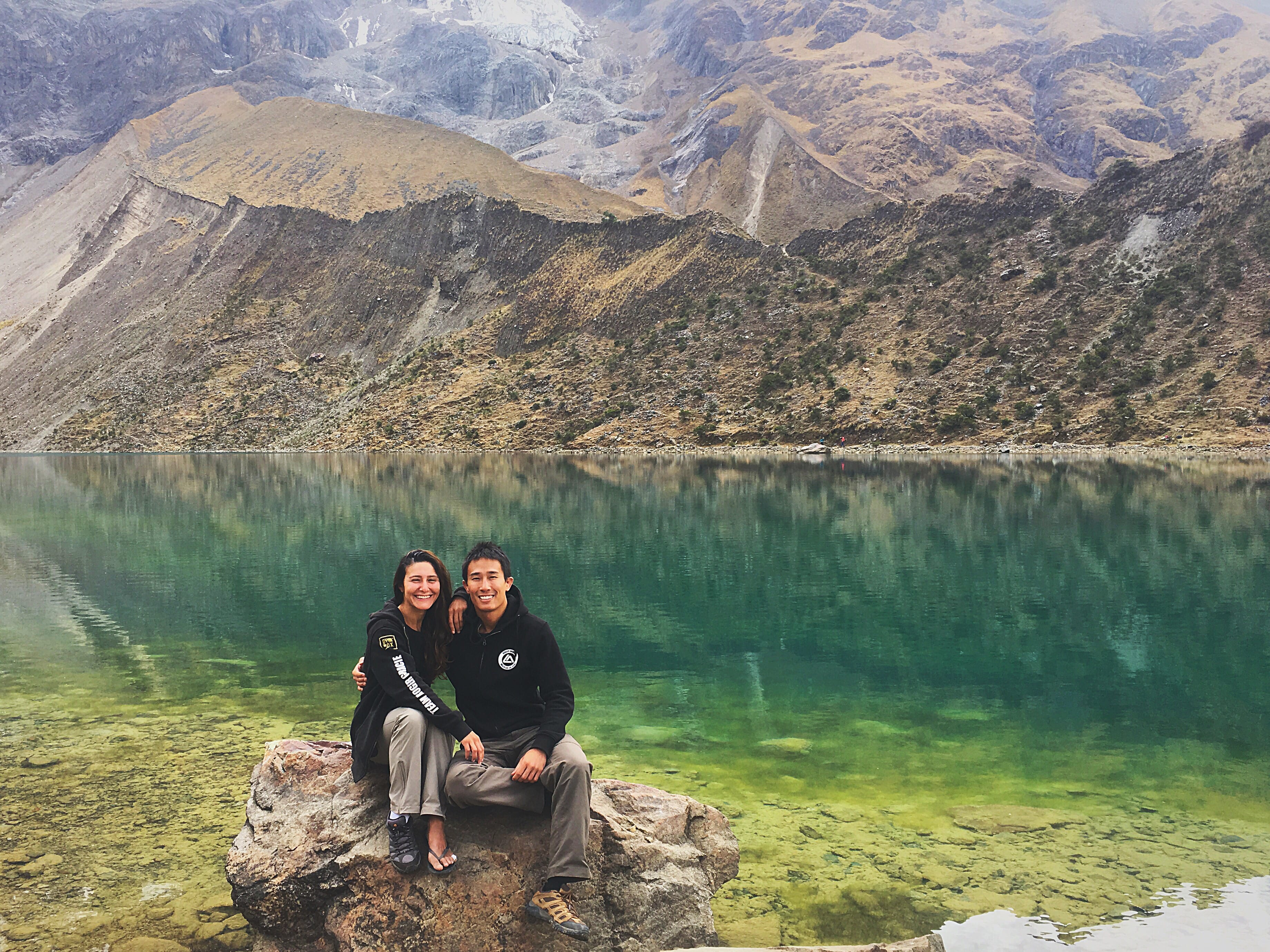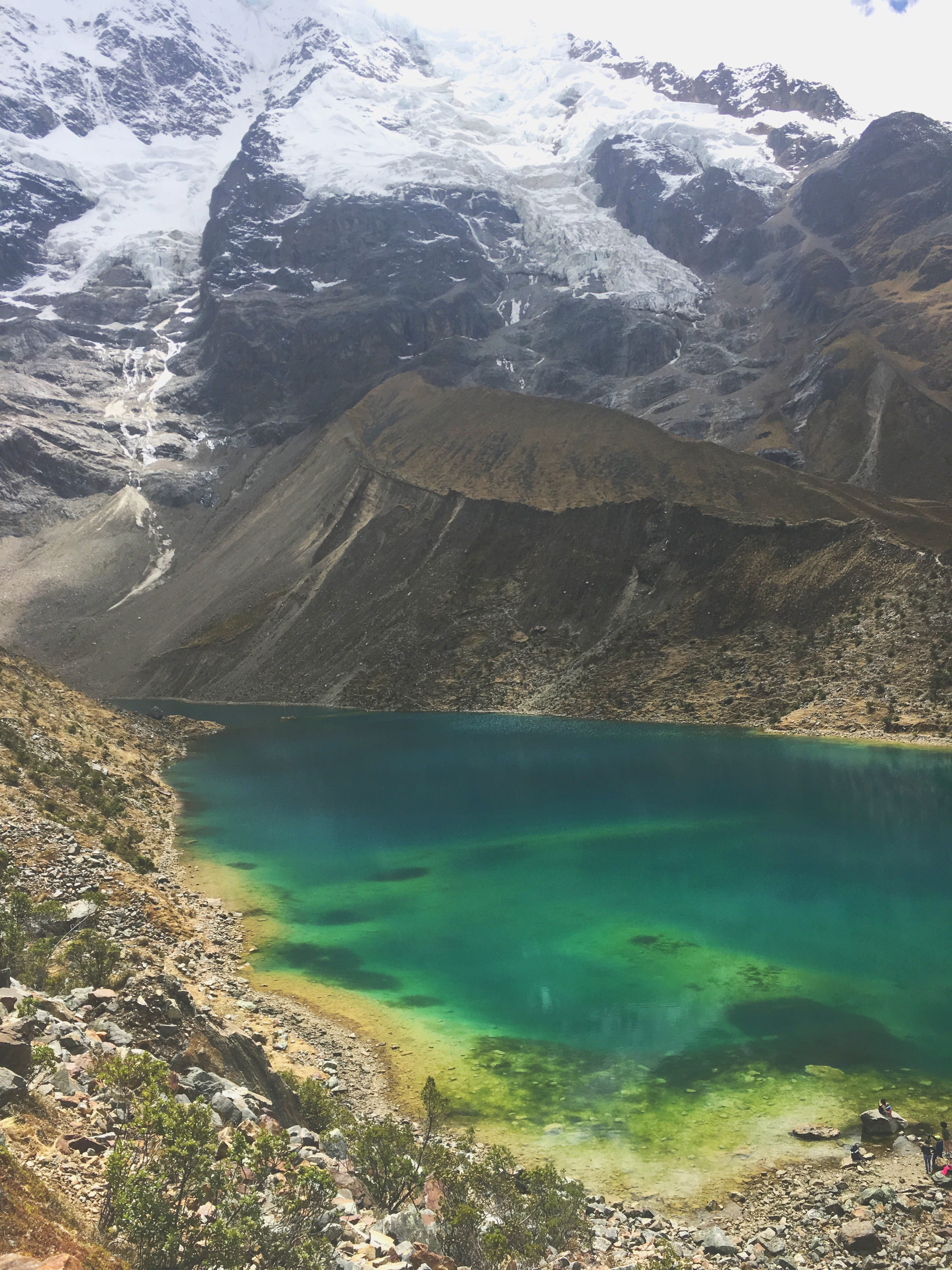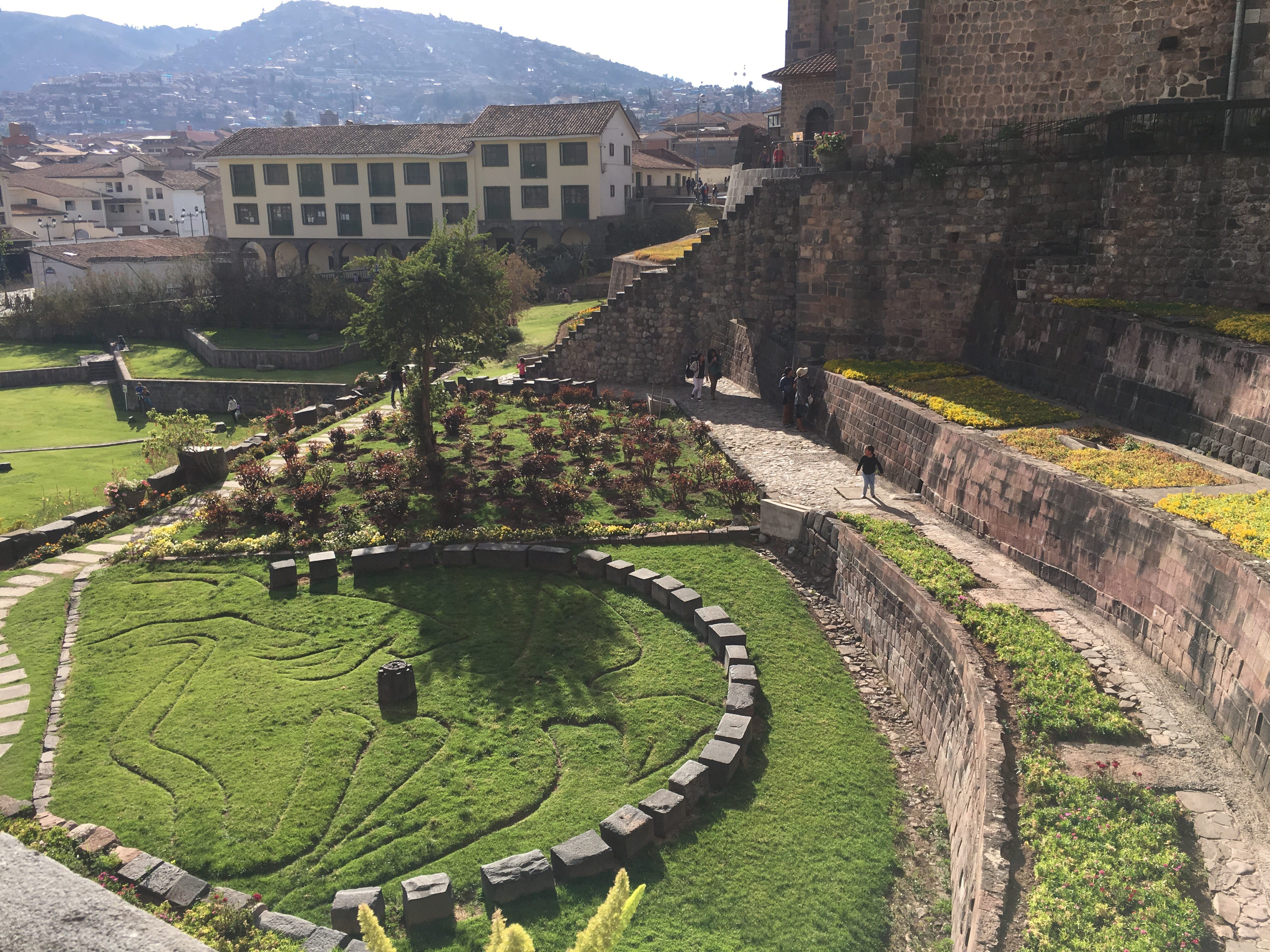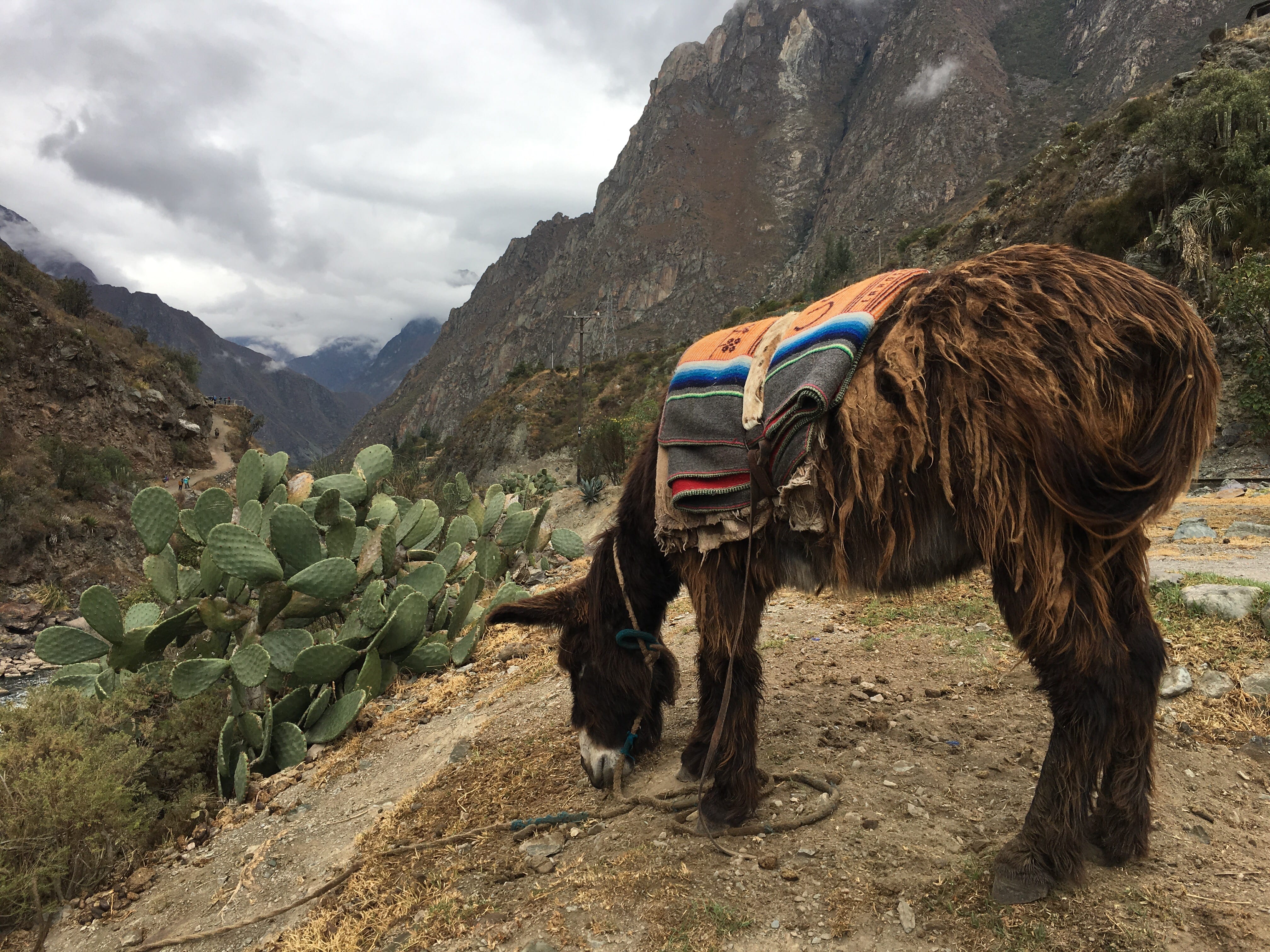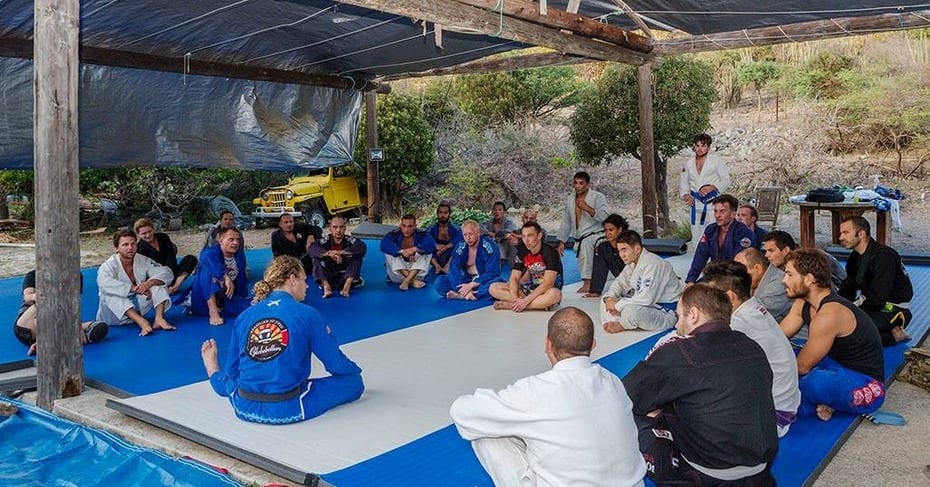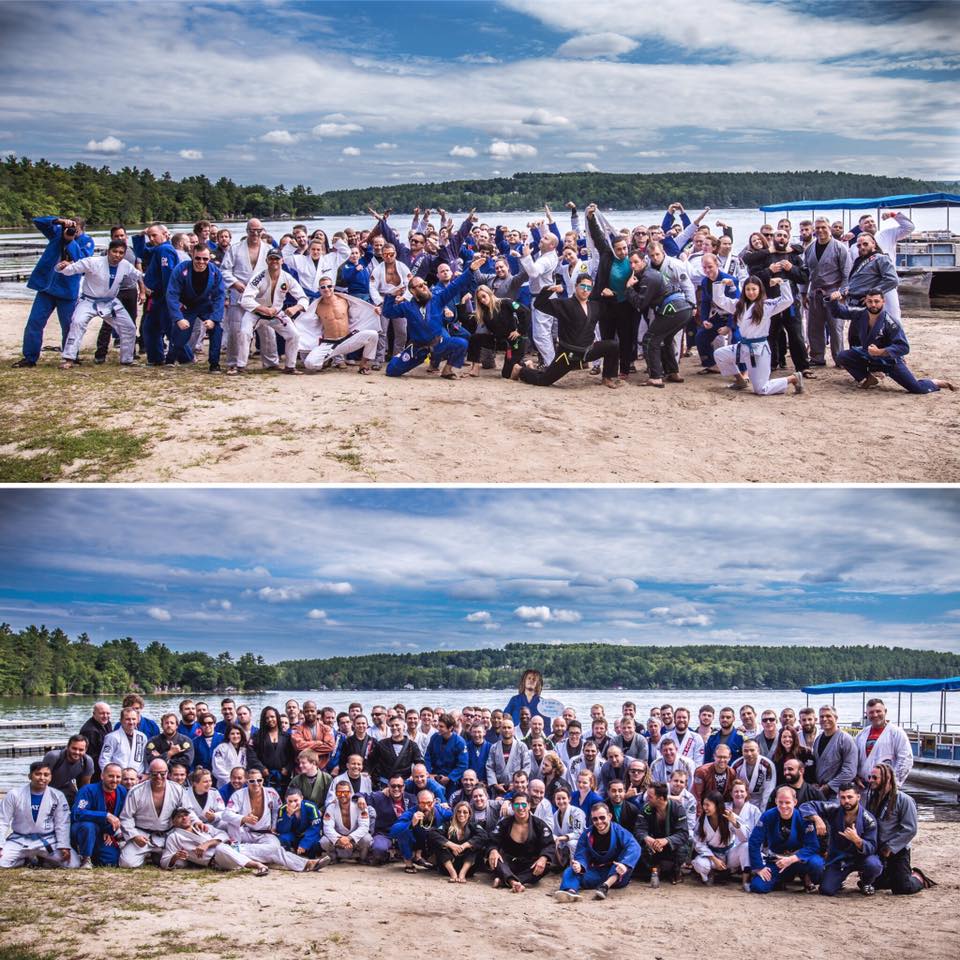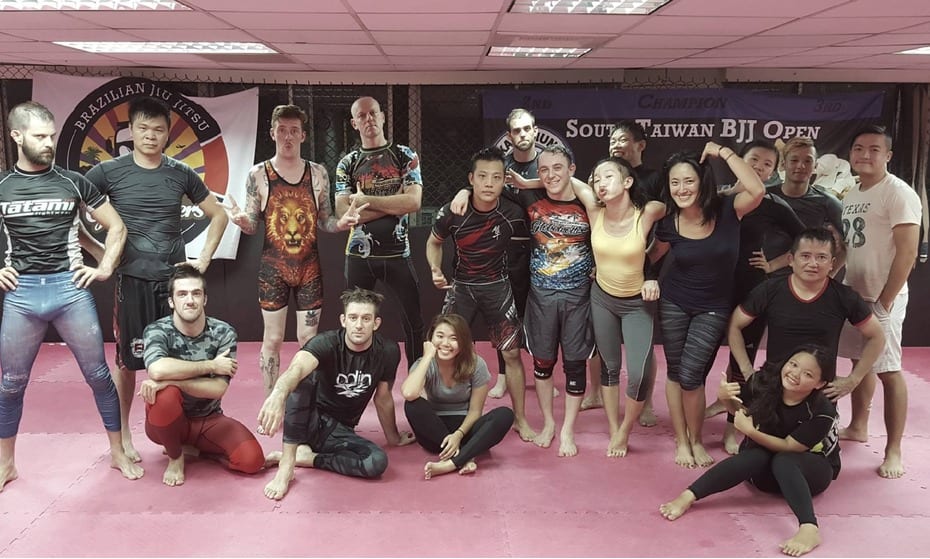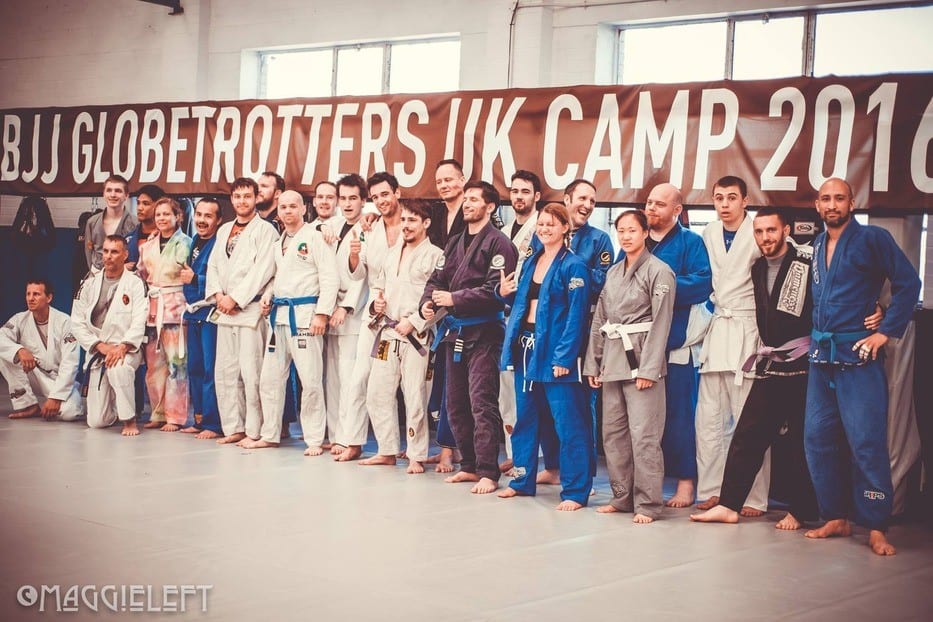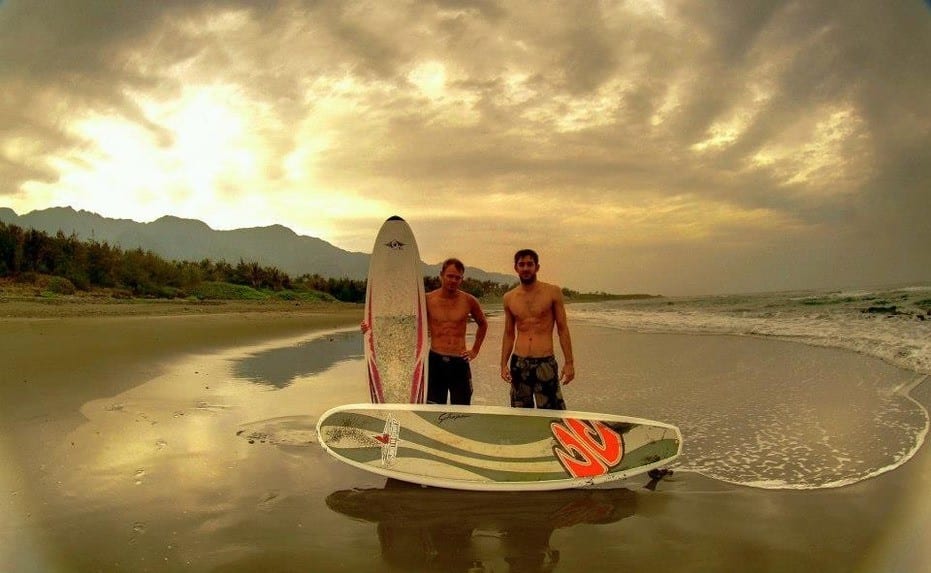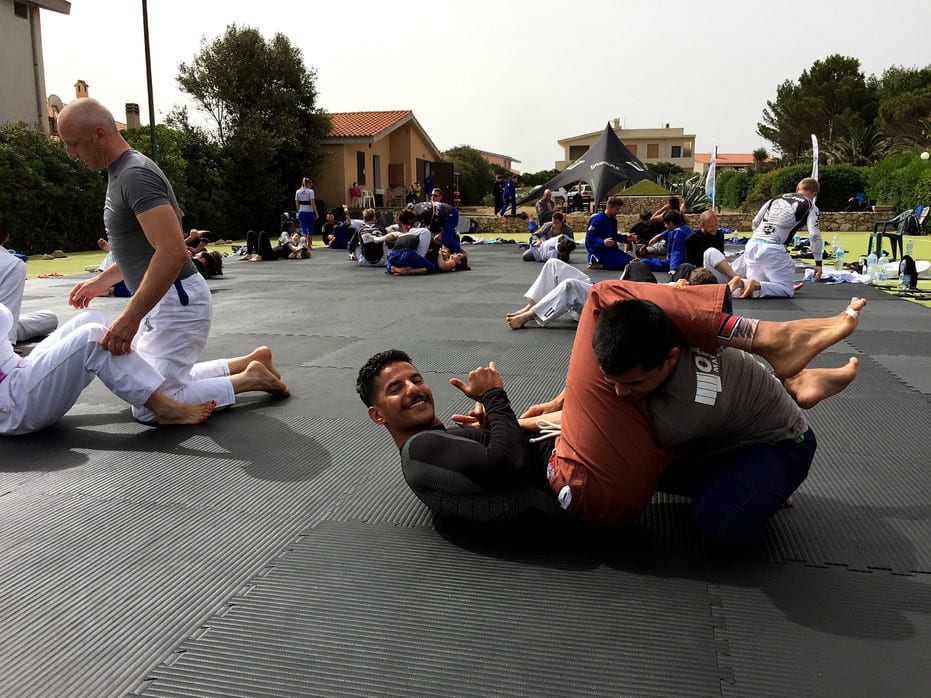My Experience at Kao BJJ in Ethiopia
Hi there, I’m Heythem from heythemnaji.com.
I spend my time blogging& traveling – visiting different BJJ Gyms around the world, especially in places where you wouldn’t expect to find BJJ.
I’ve been to BJJ Gyms in Uganda, Ethiopia, and Kenya, and I’m currently training in Baghdad, Iraq.
One experience I hold dear is my time at Kao BJJ in Addis Ababa.
At the beginning of 2023, I went to Ethiopia for three months. Of course, I didn’t want to stop training Jiu-Jitsu. So, I tried to find a way to train BJJ in Ethiopia. I looked online to see whether I could find a BJJ gym. I only found one in the whole country: Kao BJJ in Addis Ababa.
I didn’t know what to expect. It was my first time going to a Brazilian Jiu-Jitsu gym outside of Europe. So I took a cab and went there.
I’m so grateful I went – they have many dedicated and driven athletes and one of the nicest atmospheres I’ve ever witnessed.
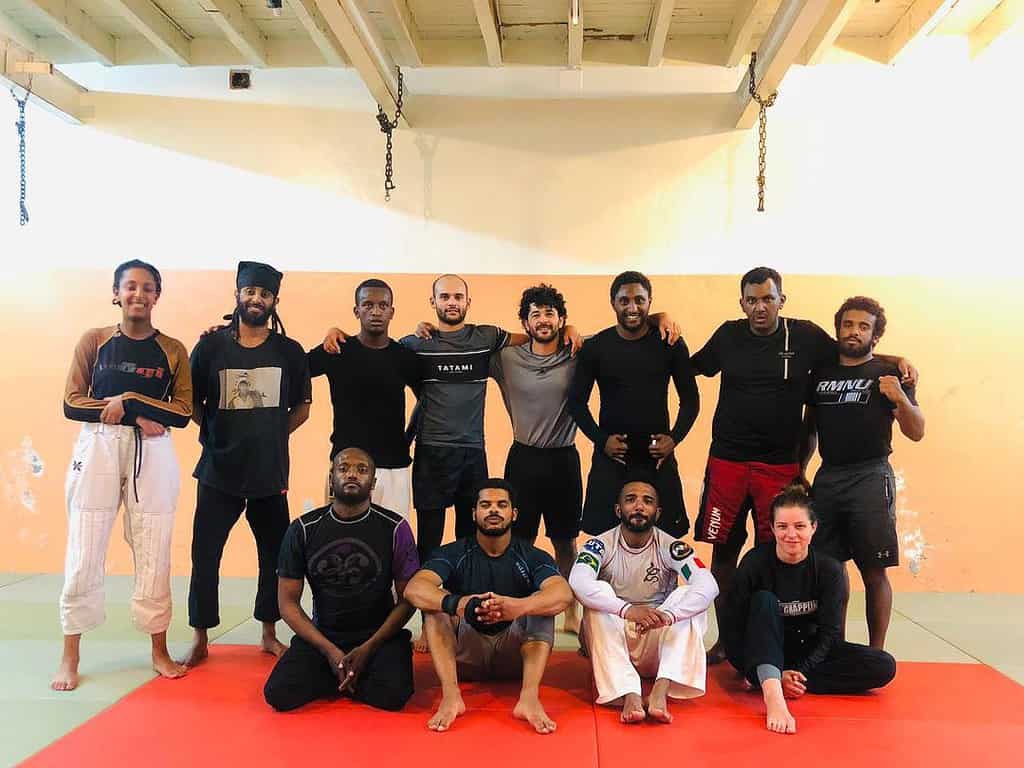
Training Schedule, Location & Pricing
They train 4x a week – Monday, Wednesday, Friday and Saturday. You can check out their schedule on their Instagram site.
They offer both Gi and No-Gi training. But I didn’t have my Gi, so it’s okay to come without a Gi if you don’t have one.
They are located right behind Meskel Square, in Juventus Club. I got a bit lost getting there, but if you get lost, ask the locals about “Juventus Club.” They usually know. Once in Juventus Club, go through until the very end of the complex – there you find their Gym.
And if you take a cab (Feres or Ride are the cab companies in Ethiopia – similar to Uber), tell them to drive you to Meskel Square.
The pricing of this Brazilian Jiu-Jitsu Gym is not high if you are used to European or American prices. For exact prices, either contact them on Instagram or Facebook or text Yared (the head coach) directly at his number: +251 92 217 1985.
When I trained there, I discovered that a blue belt training under Kao opened up his own Brazilian Jiu-jitsu Gym in Hawassa, Ethiopia! So I also went and visited them too.
This Gym is much smaller but equally as nice. If you want his contact, contact me or ask the guys in Addis about him.
My Experience at Kao BJJ
I can not speak highly enough of that Gym. They take their training seriously. Their head coach was an American black belt named Colin. Unfortunately, he is no longer there, so the head coach is a purple belt named Yared.
Yared is highly skilled, and he knows how to teach. Even though he knew I would be there for a limited time, he took his time for me. He gave me attention and was super friendly. You can truly feel he’s passionate about what he’s doing.
The Gym is packed on weekdays. Although it is rather small, there’s enough space for everybody.
Their team consists of a great mix of white and blue belts. And from what I saw, the blue belts are legit. They could easily compete with the blue belts in Europe.
I felt welcome there at all times. They were very supportive and welcoming, and I loved training with them. I cannot wait to go back.
The Background of Kao BJJ
The head coach, Yared, has a Judo background and got involved in BJJ (Idk how, good question you should ask him…) He was a blue belt when he started Kao BJJ in Ethiopia.
Then Colin, the American black belt, took over most of the training. Under him, Yared got promoted to a purple belt.
They started small, but over the years, more people became interested. I also saw some non-Ethiopians training there.
Now, they have many great members—many new white belts, some established white belts, and many blue belts.
Now, they are recognized as one of the best BJJ Gyms in East Africa, with many great athletes training there.
The Future of BJJ in Ethiopia
Kao BJJ’s goal is to make Brazilian Jiu-Jitsu more accessible in Africa. They are at the forefront of promoting this beautiful martial art. They are the only ones training BJJ in Ethiopia and want to expand.
They are also cooperating with BJJ Gyms in neighboring African countries. They participate in East African competitions and are heavily involved in the BJJ community.
Their intention is beautiful, and I’m sure they’ll have great success. From what I saw, the future of BJJ in Ethiopia is bright.
Final Words
So, as you can see, I’m a fan. Ethiopia is not easy to navigate at the beginning. I was in a foreign country, which was a lot to process.
But once I went to Kao, things became easier. I met great people, got a lot of guidance and support, and had a great time there.
So, if you’re considering visiting a BJJ Gym in Ethiopia, please do. They are open to everybody and have a great atmosphere.
And if you have any questions, please reach out; I’m happy to help!!
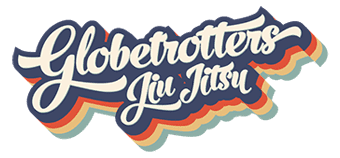
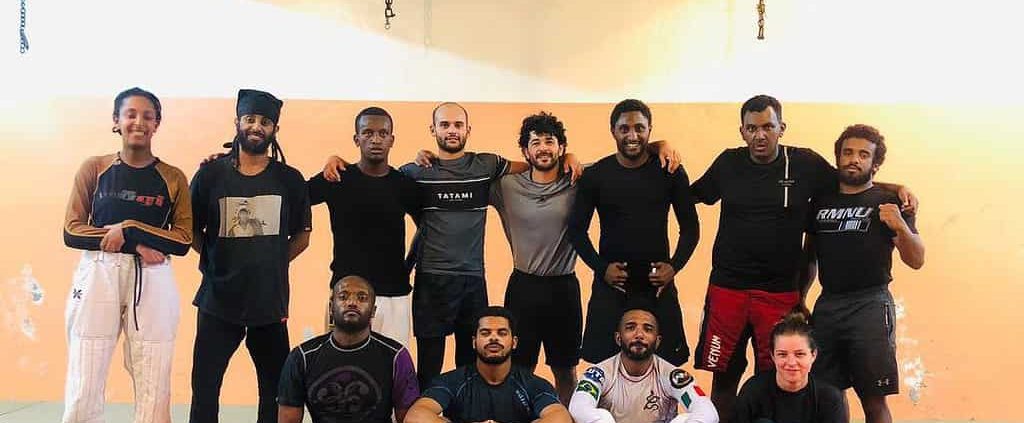
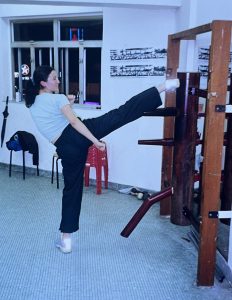
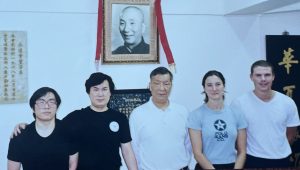
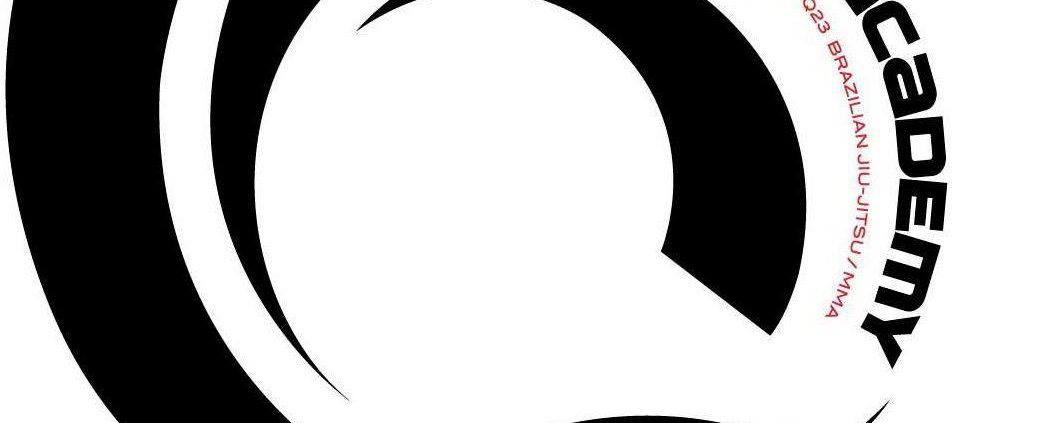
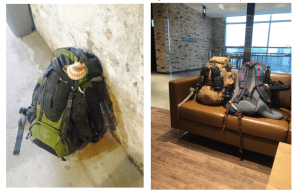
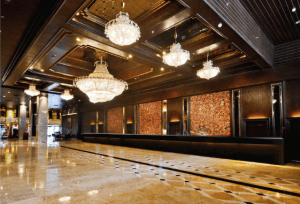
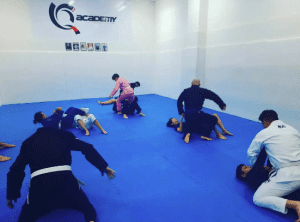
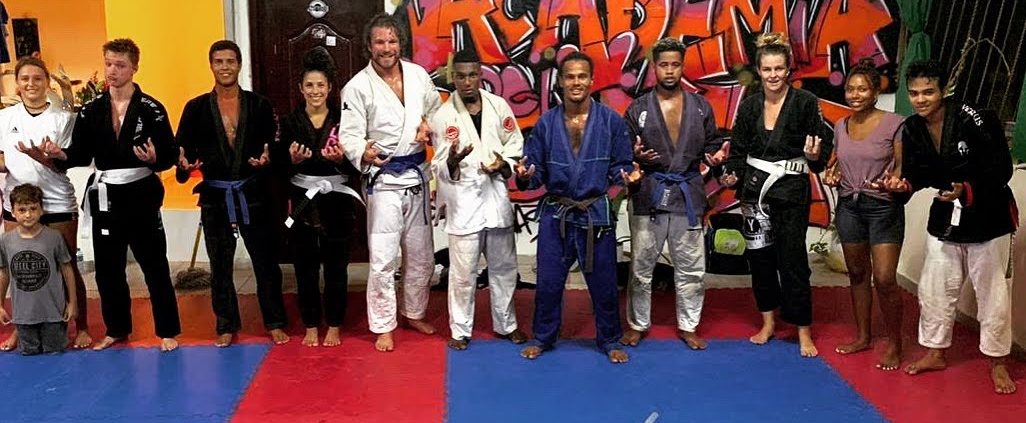
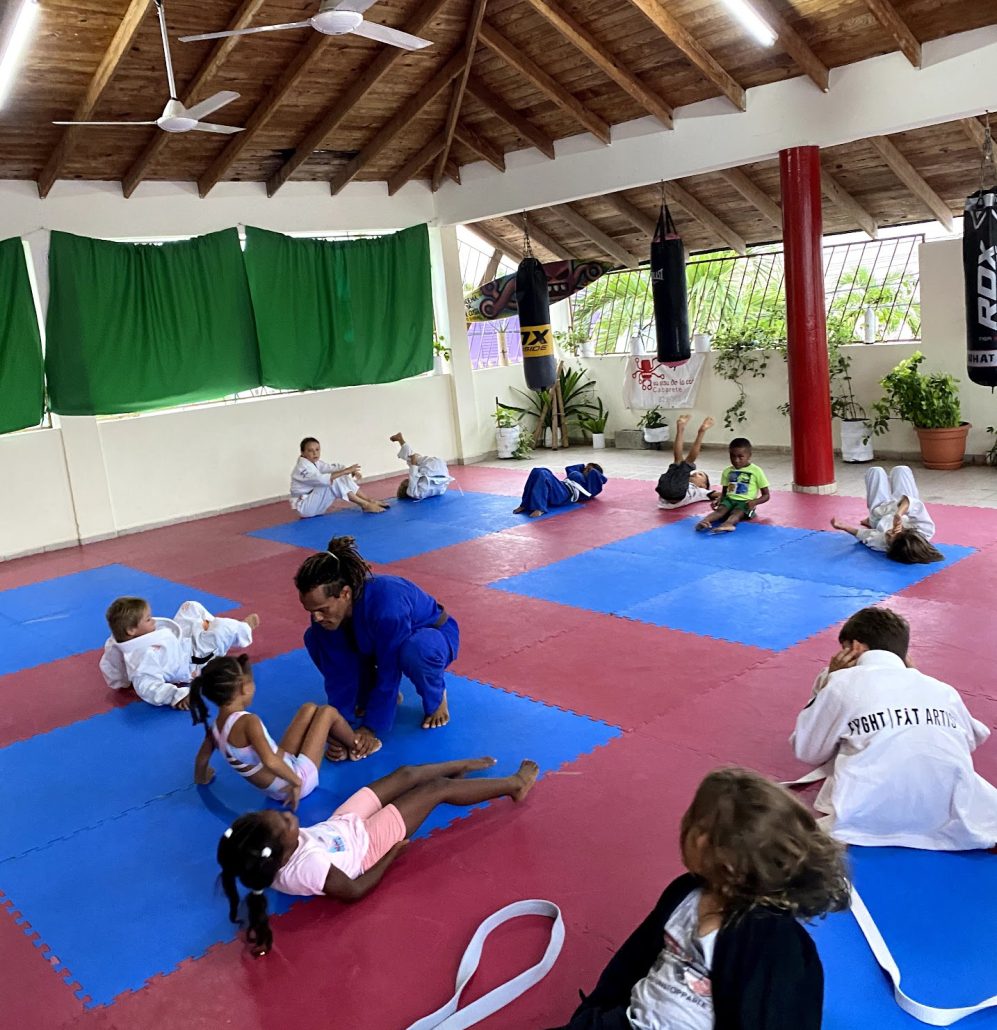
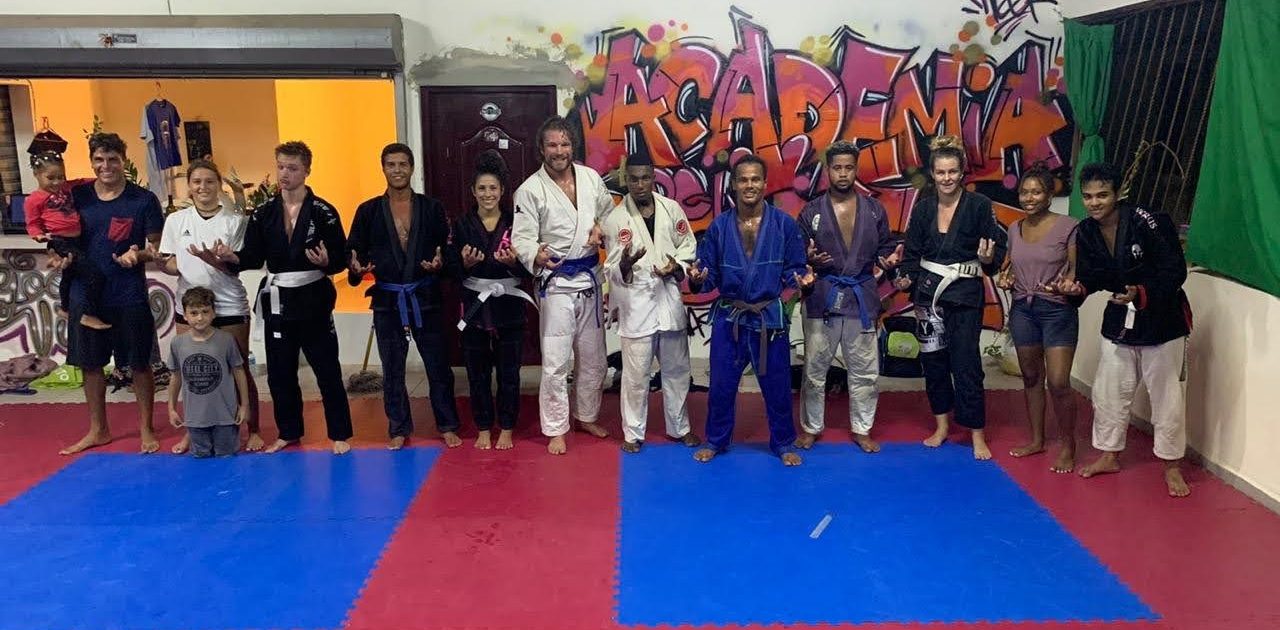
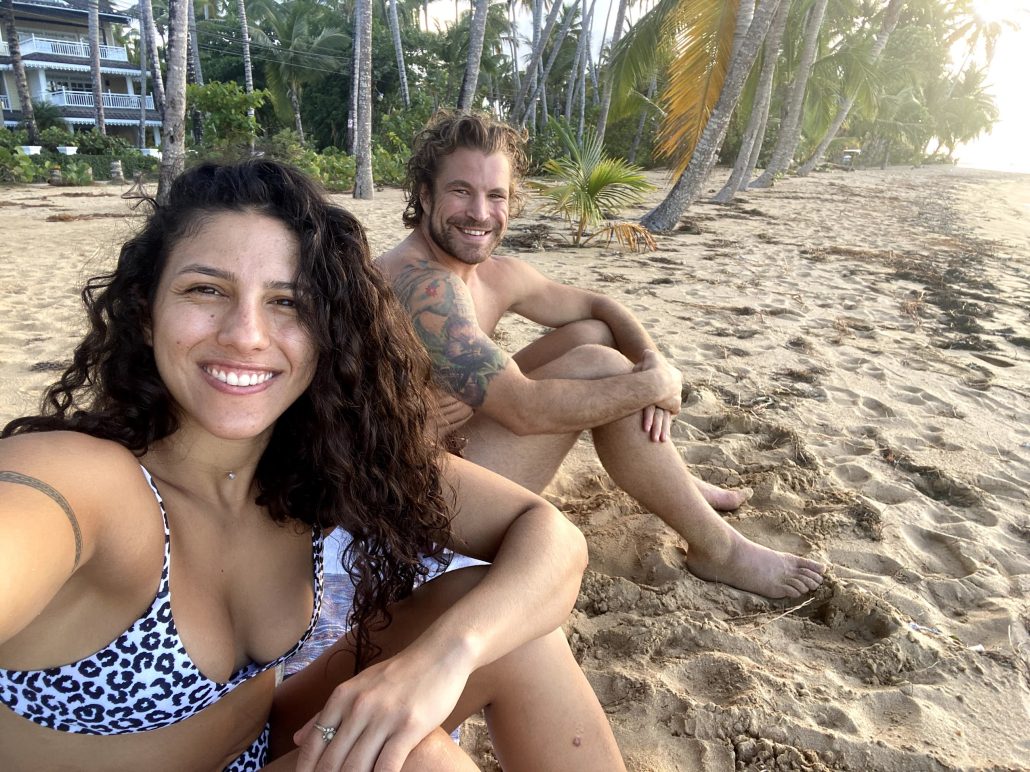
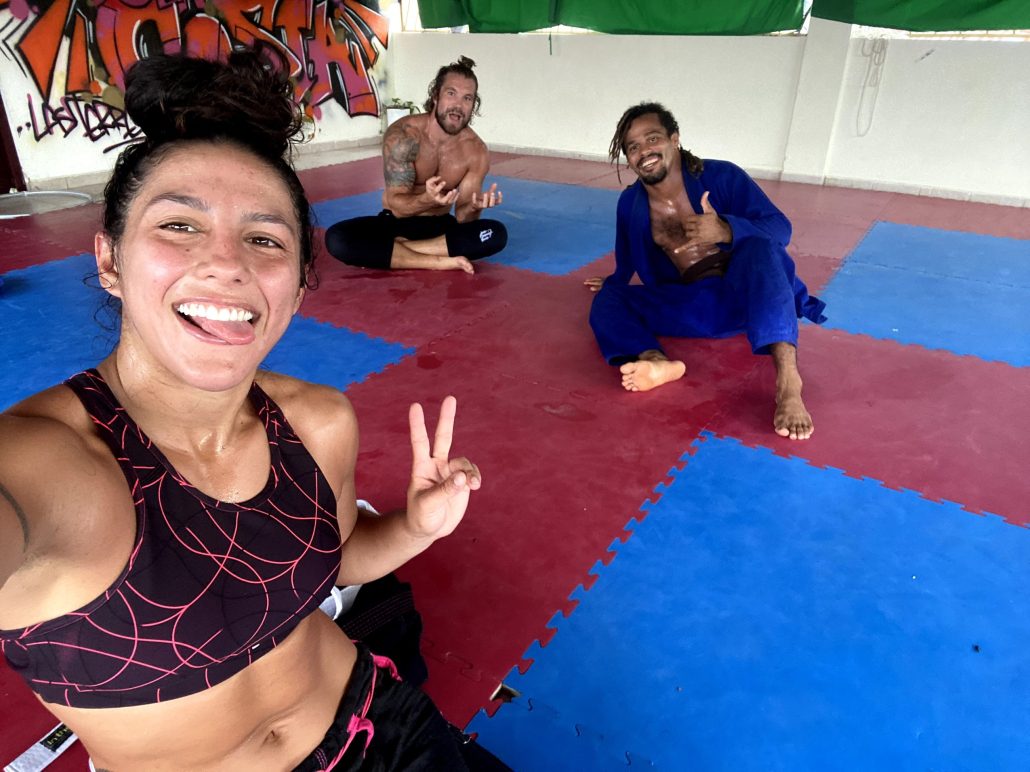
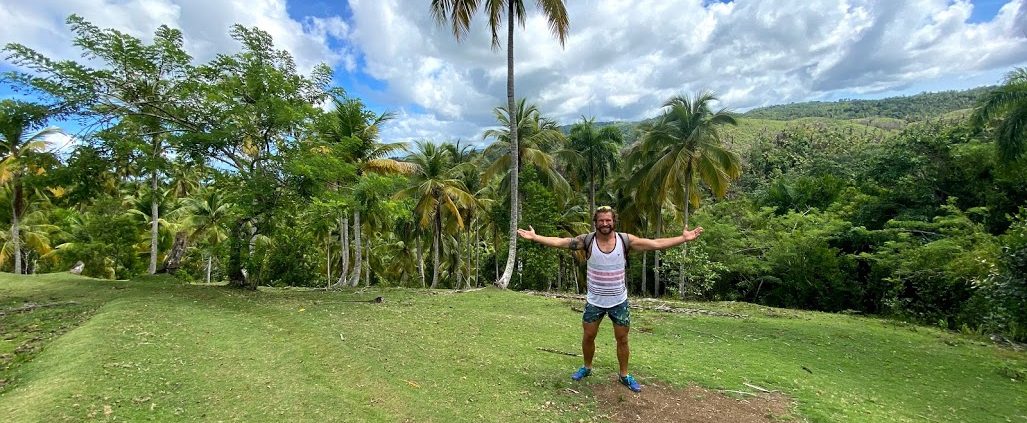
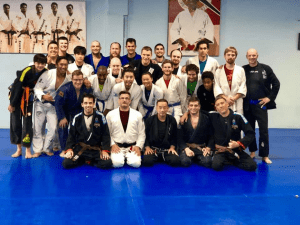
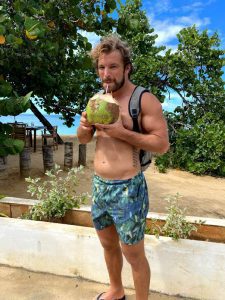
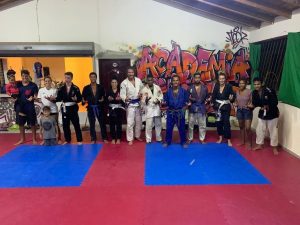



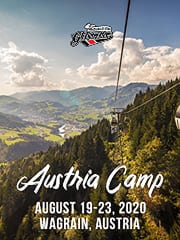
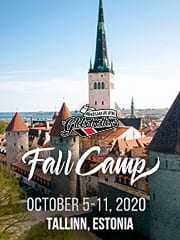
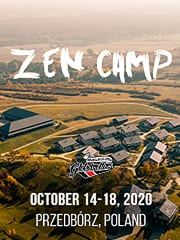
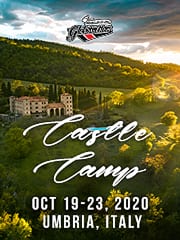
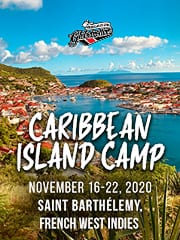


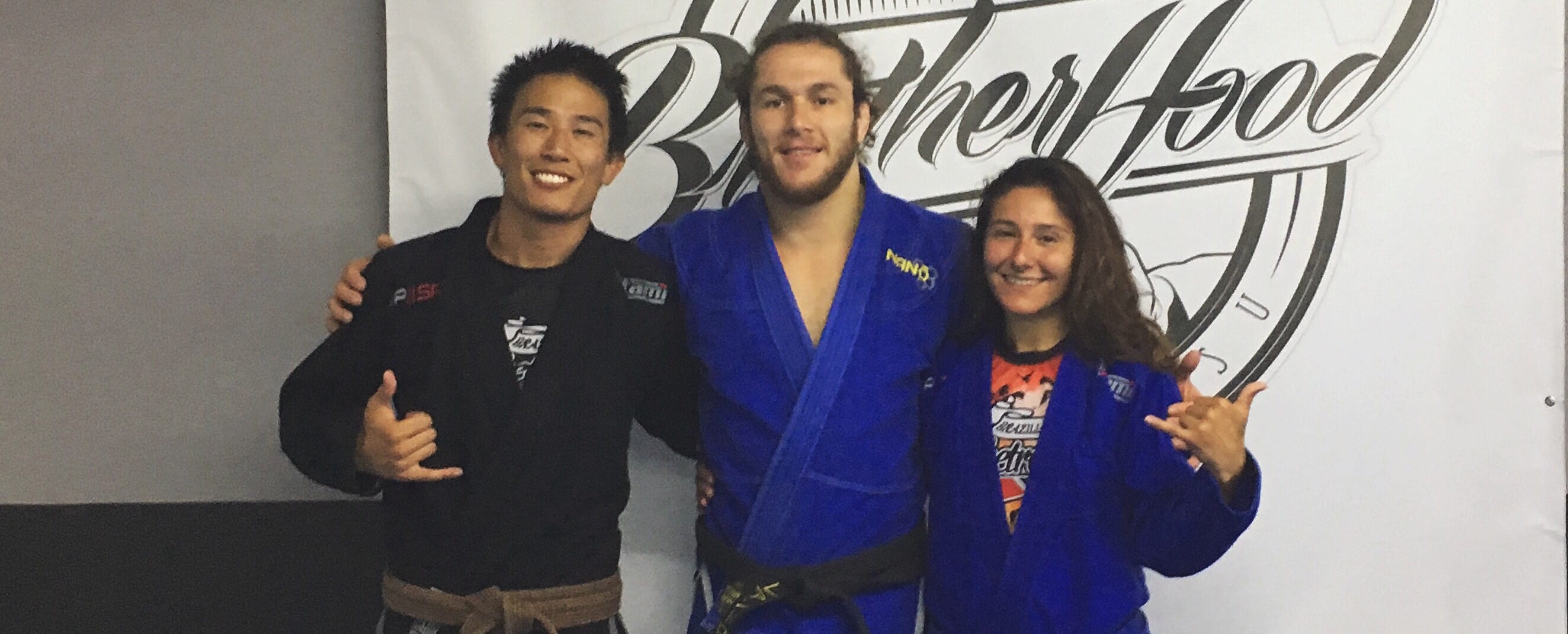
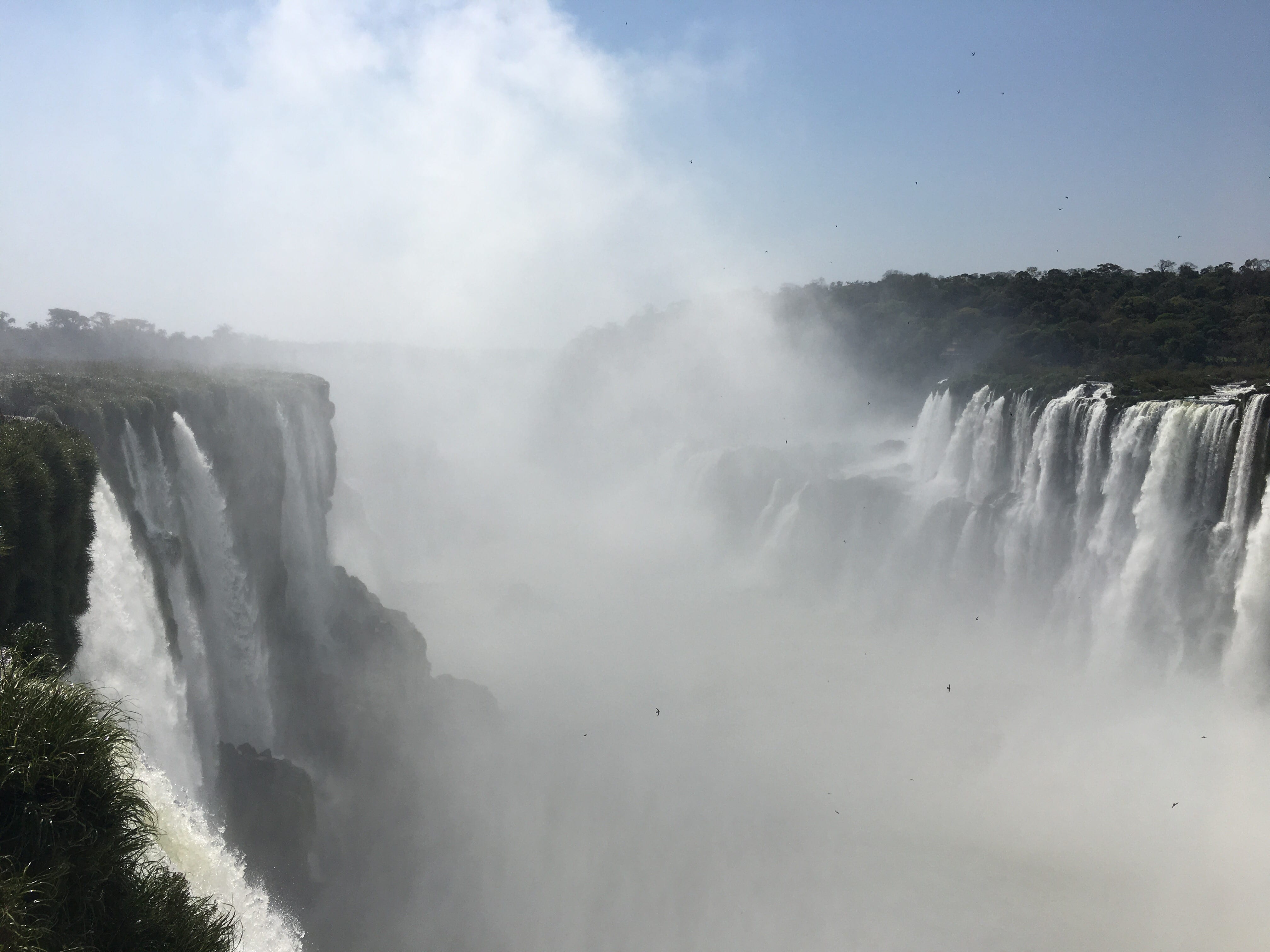 We crossed into Brazil the next day (it was a relatively pain free process to cross the border from Argentina to Brazil by taxi/uber) and I instantly felt like everyone I saw walking down the street had a BJJ t-shirt or massive cauliflower ears. Or it was just my imagination but whatever. We didn’t really have any plans other than making our way to Rio to spend a month in one place and training intensively, but at our hotel in Foz do Iguazu we met a guy promoting tours to the Pantanal region. The Pantanal is an immense tropical wetland renowned for its wildlife – we’d heard that if you want to see animals, you don’t go to the Amazon, you go to the Pantanal. With Alessia and I both being weird animal lovers, we signed on immediately and the next day took a 24 hour bus ride which was surprisingly comfy but still disgustingly long and tiring.
We crossed into Brazil the next day (it was a relatively pain free process to cross the border from Argentina to Brazil by taxi/uber) and I instantly felt like everyone I saw walking down the street had a BJJ t-shirt or massive cauliflower ears. Or it was just my imagination but whatever. We didn’t really have any plans other than making our way to Rio to spend a month in one place and training intensively, but at our hotel in Foz do Iguazu we met a guy promoting tours to the Pantanal region. The Pantanal is an immense tropical wetland renowned for its wildlife – we’d heard that if you want to see animals, you don’t go to the Amazon, you go to the Pantanal. With Alessia and I both being weird animal lovers, we signed on immediately and the next day took a 24 hour bus ride which was surprisingly comfy but still disgustingly long and tiring.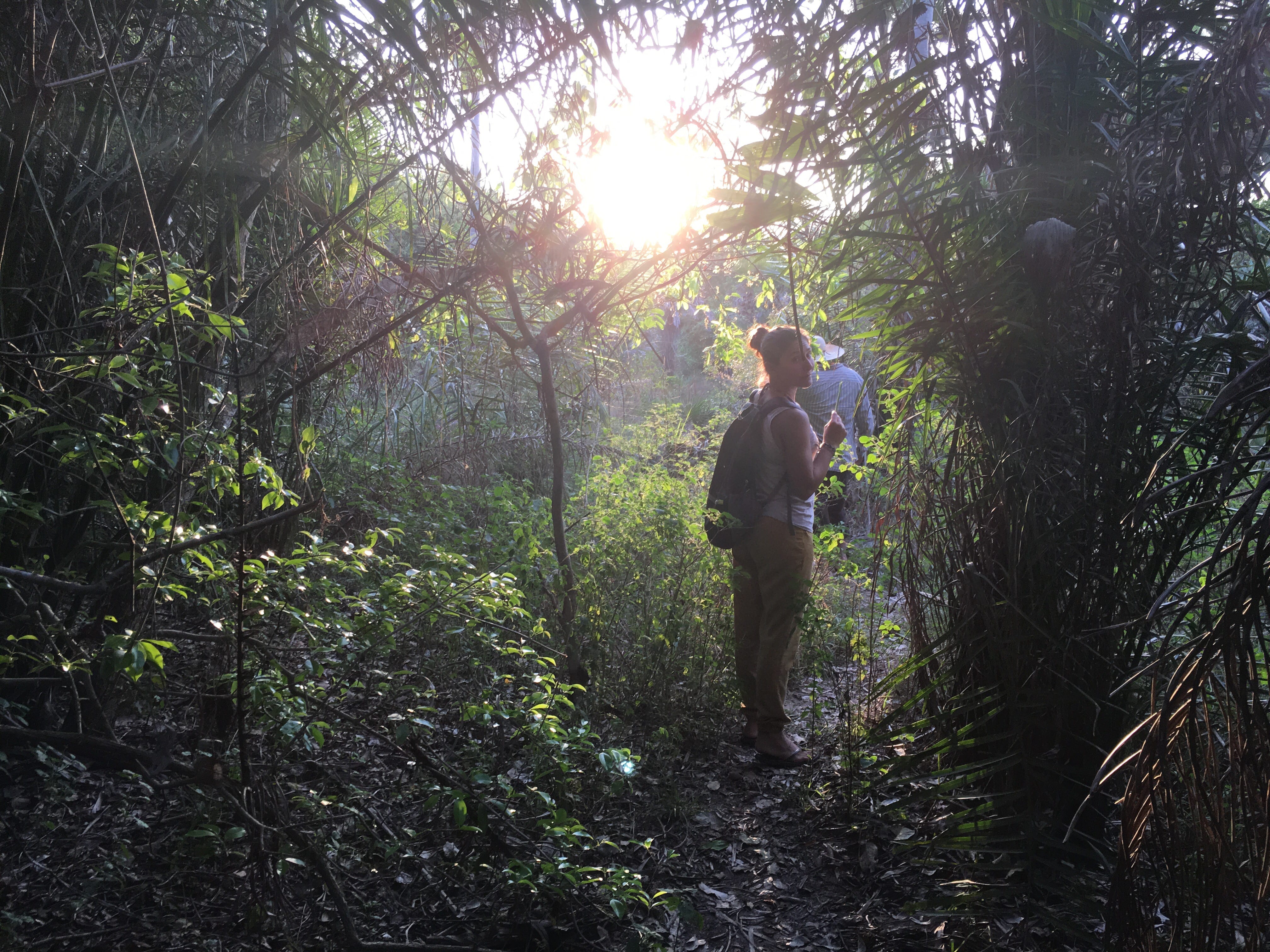
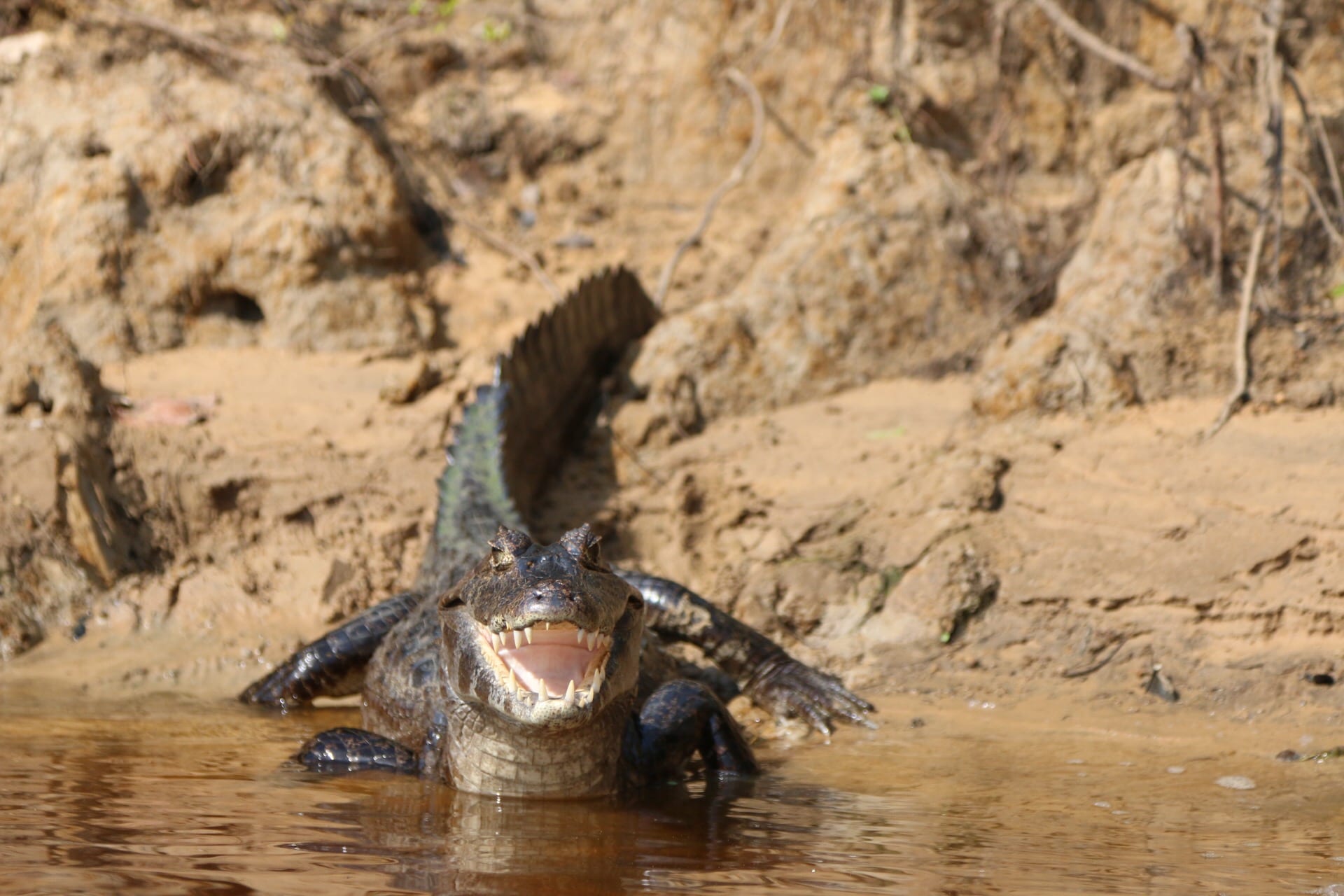
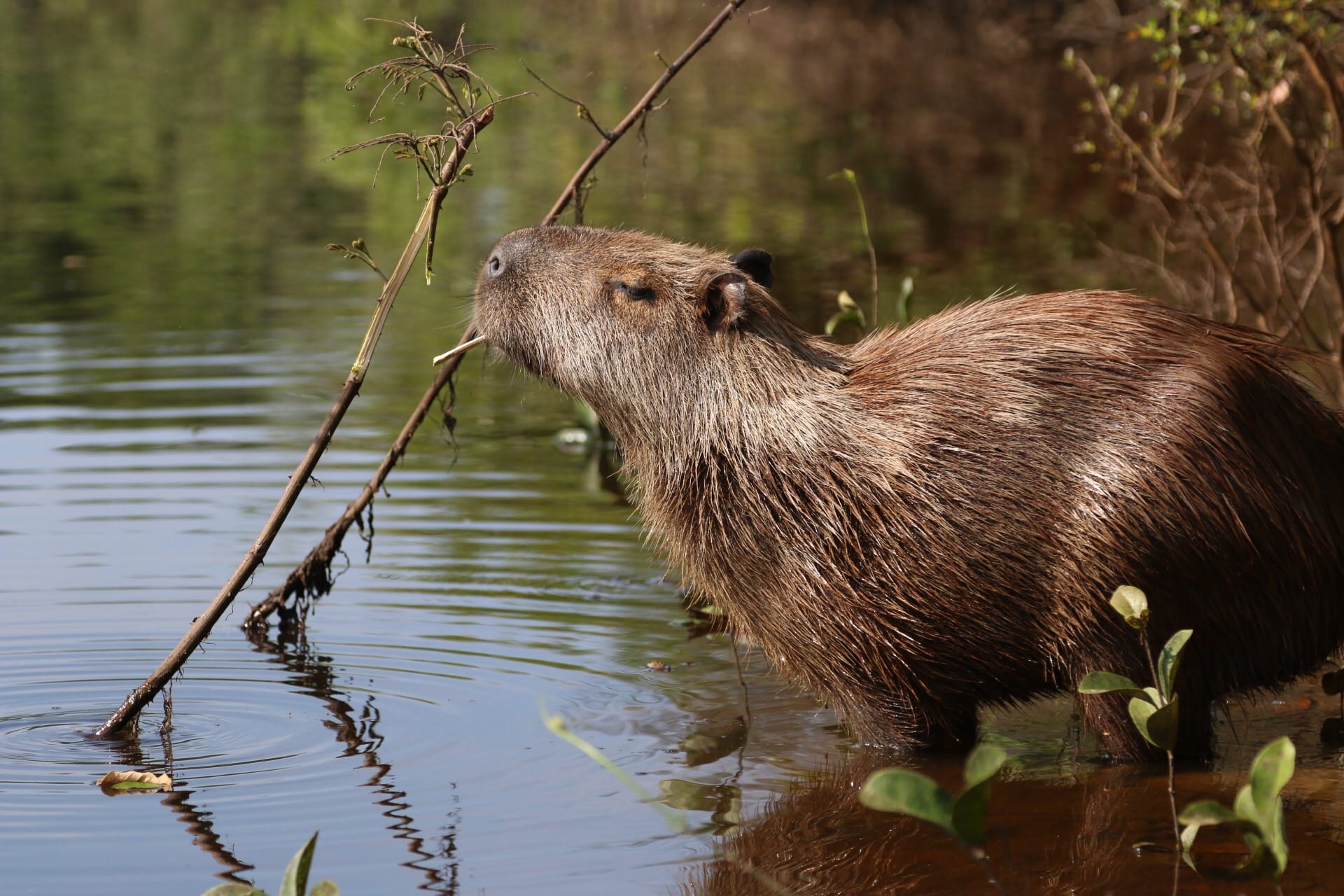 After the Pantanal, we couldn’t leave the region without seeing Bonito – an aquatic wonderland where we went swimming with huge fish, jumping off waterfalls in Estancia Mimosa and snorkeling along the Rio da Prata in the bluest, crystal clear water we had ever seen. Again we had showed up without booking anything and it happened to be a Brazilian holiday, but we got lucky and were able to do everything we wanted to do. It turned out there was a BJJ gym right around the corner from our hostel but being the holidays it was closed. 7 days without Jiu Jitsu, we were starting to feel a bit uneasy.
After the Pantanal, we couldn’t leave the region without seeing Bonito – an aquatic wonderland where we went swimming with huge fish, jumping off waterfalls in Estancia Mimosa and snorkeling along the Rio da Prata in the bluest, crystal clear water we had ever seen. Again we had showed up without booking anything and it happened to be a Brazilian holiday, but we got lucky and were able to do everything we wanted to do. It turned out there was a BJJ gym right around the corner from our hostel but being the holidays it was closed. 7 days without Jiu Jitsu, we were starting to feel a bit uneasy.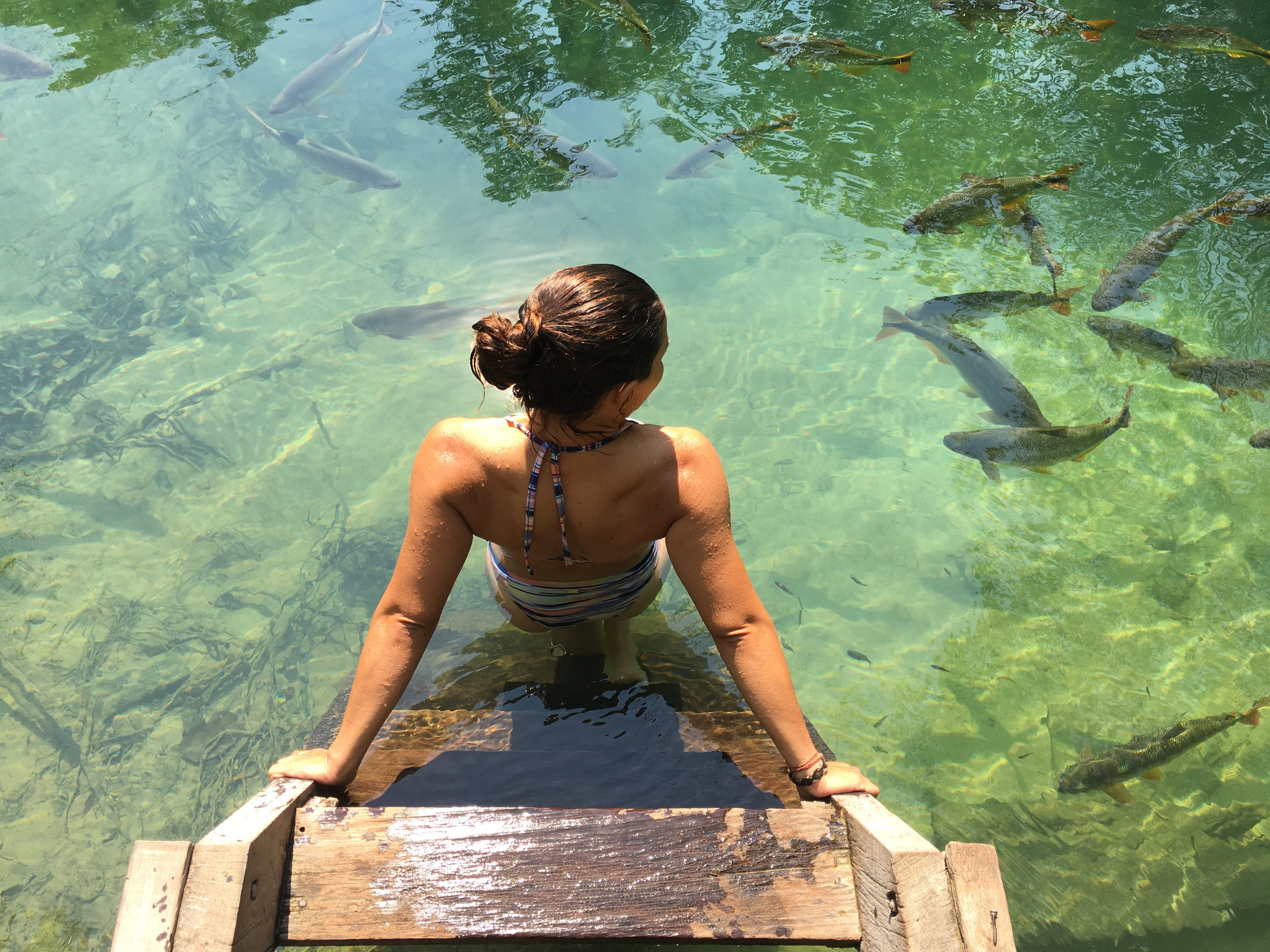
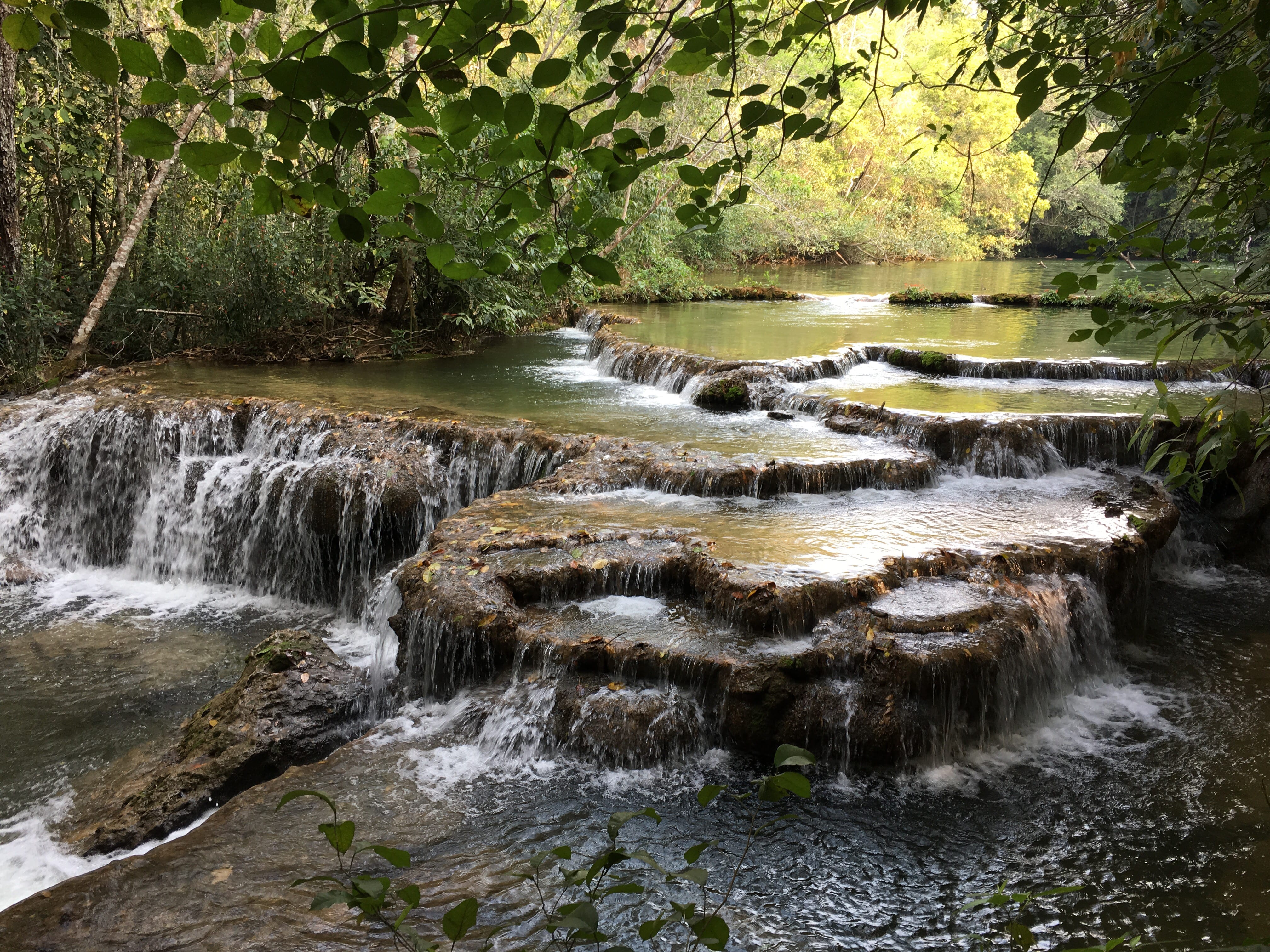
 When we were back in grey London planning our trip to South America, we had imagined spending countless days at the beach working on our tan after training. Now, several months into our trip in South America, we could count the number of days spent at the beach on two hands. So by now we were unsurprisingly very keen to get some time for sun, sand and surf – so our next stop was Ilhabela where we could hopefully also get some training in.
When we were back in grey London planning our trip to South America, we had imagined spending countless days at the beach working on our tan after training. Now, several months into our trip in South America, we could count the number of days spent at the beach on two hands. So by now we were unsurprisingly very keen to get some time for sun, sand and surf – so our next stop was Ilhabela where we could hopefully also get some training in.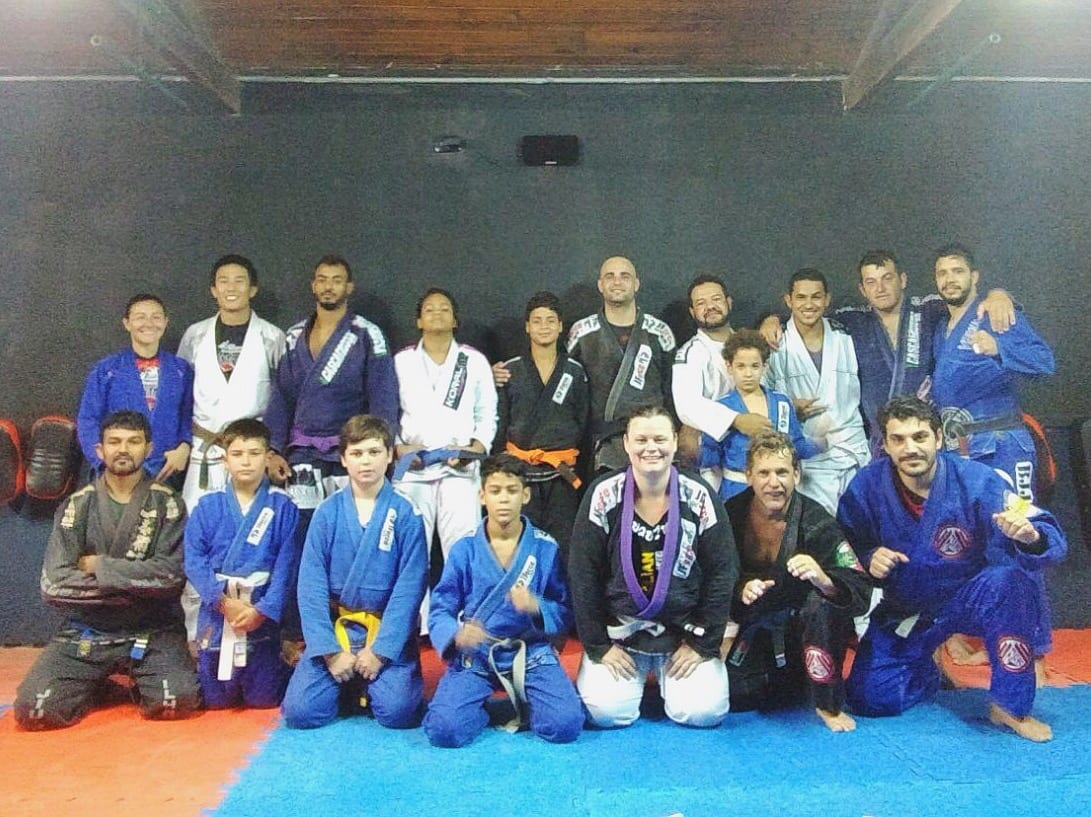
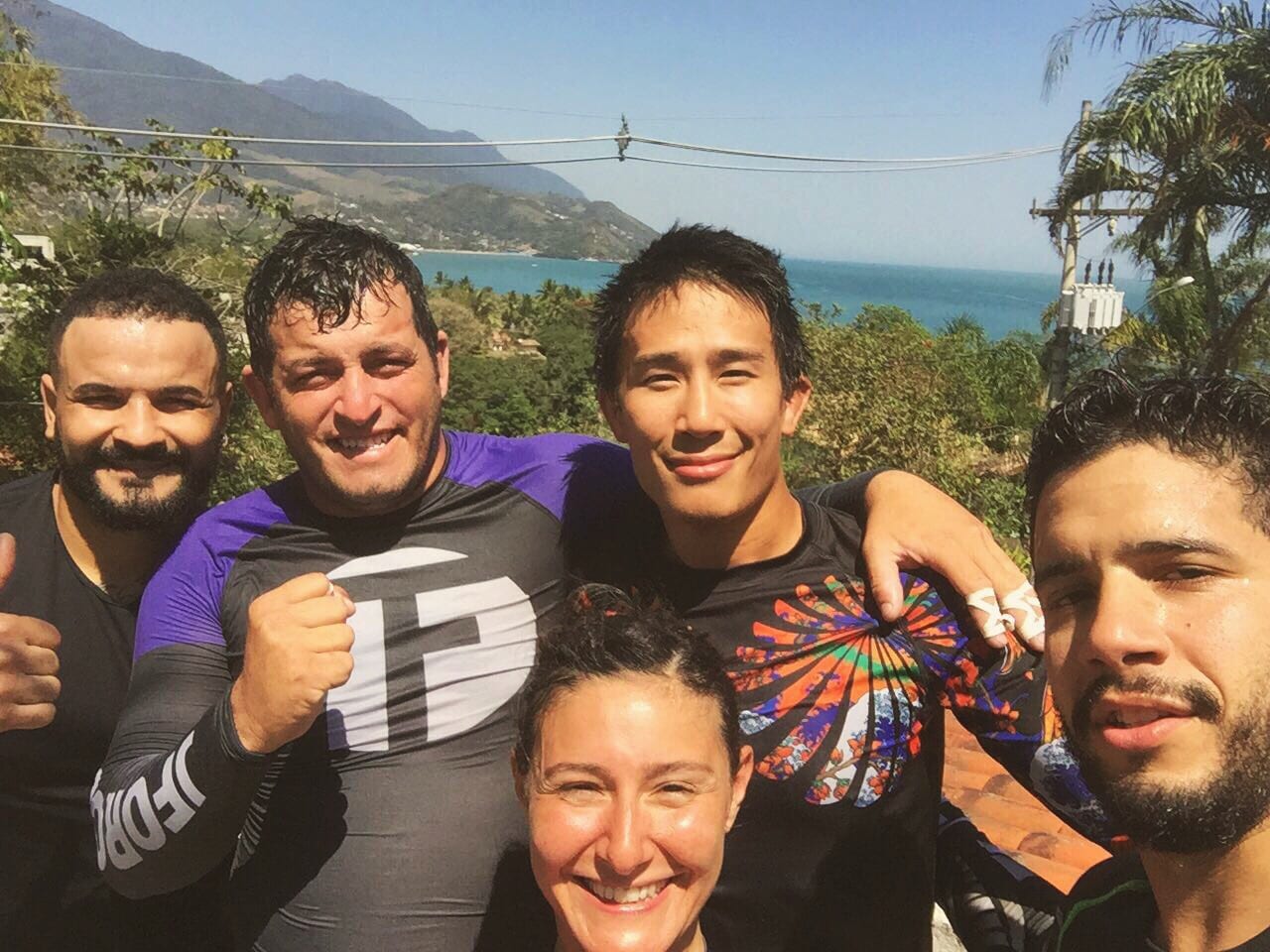
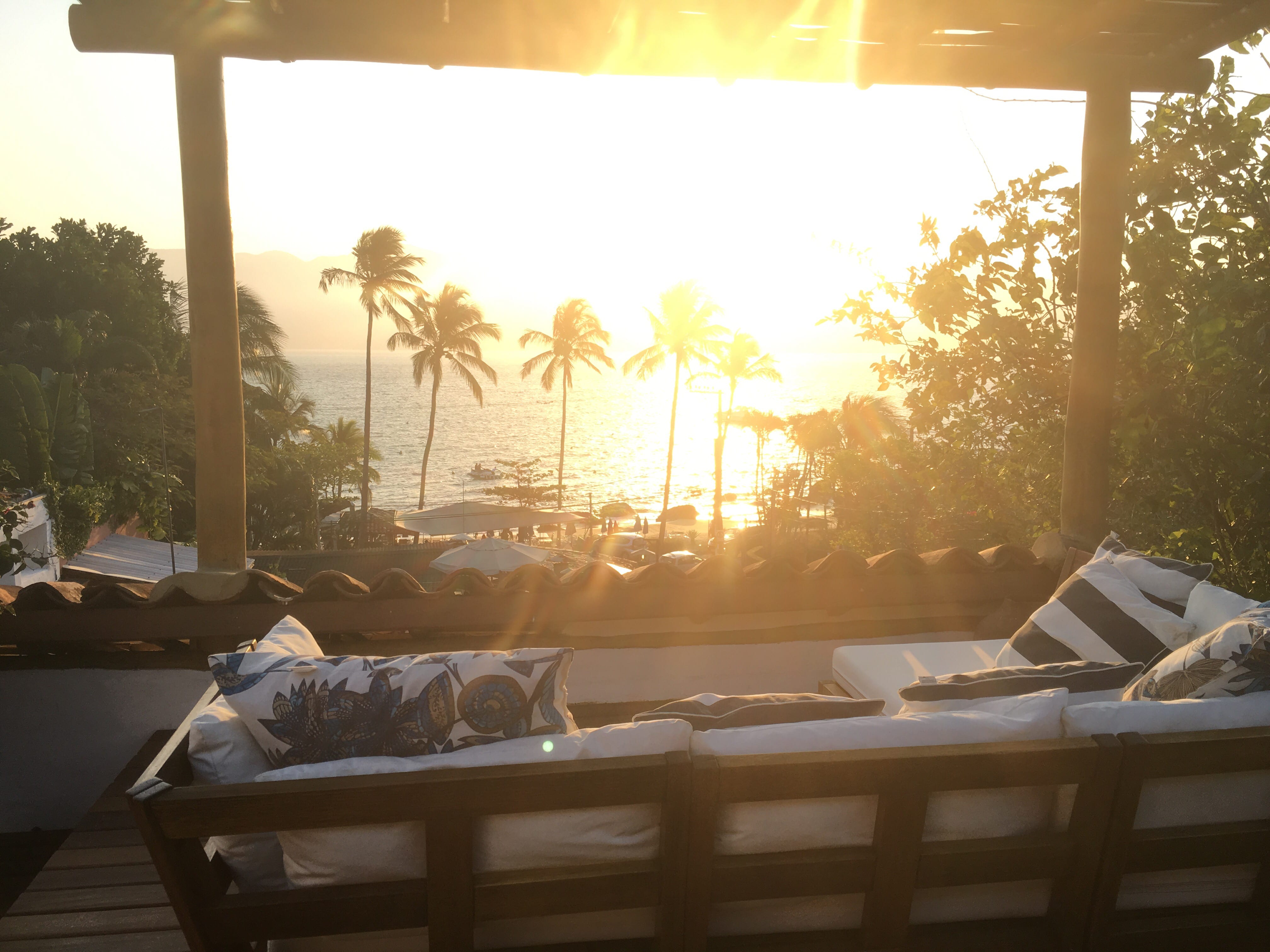
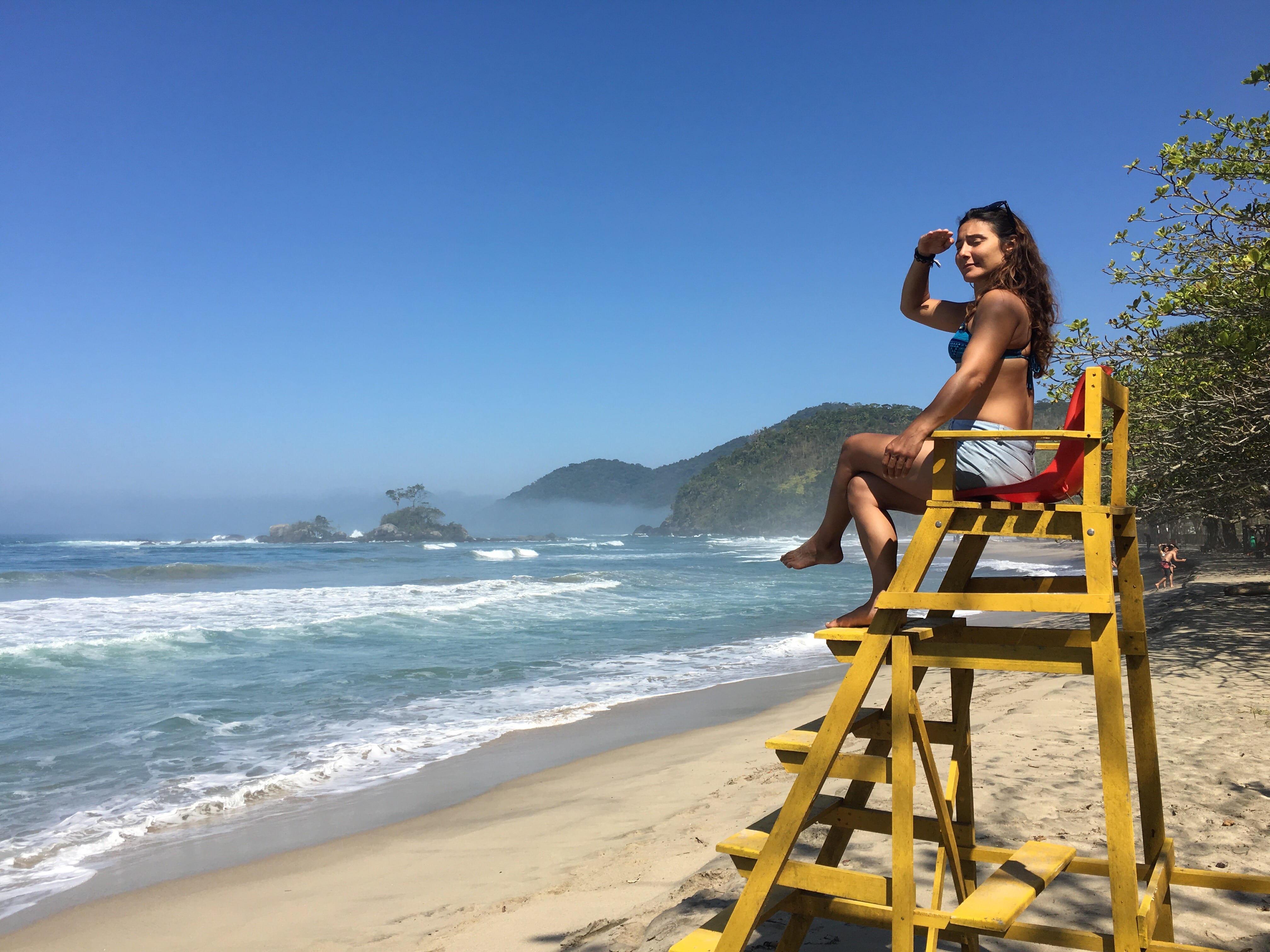
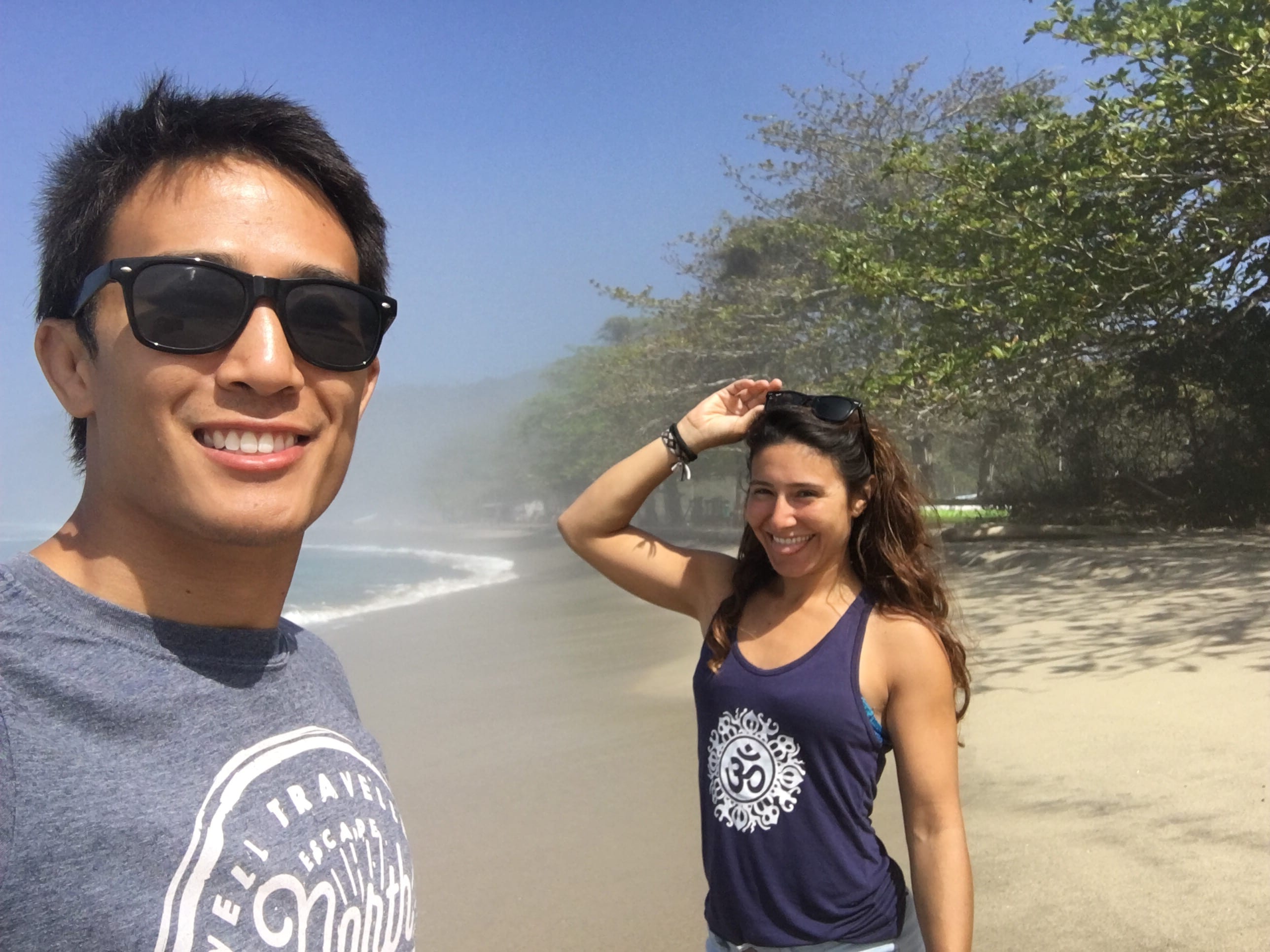 After a lovely week in Ilhabela, we took yet another bus to São Paulo, the biggest city in Brazil. We were staying at the house of Marcelo, a friend and teammate from back in London who travels back and forth between Brazil and the U.K. He wasn’t in the country when we were there unfortunately, but he kindly allowed us to stay at his house which he shared with his instructor in São Paulo, Marcio Catenacci, a NS Brotherhood black belt under Murilo Santana. Marcio was an awesome guy who was always full of energy and enthusiasm, constantly working whether providing functional fighting personal training classes to some of São Paulo’s rich and famous, or teaching at his gym in Bodytech.
After a lovely week in Ilhabela, we took yet another bus to São Paulo, the biggest city in Brazil. We were staying at the house of Marcelo, a friend and teammate from back in London who travels back and forth between Brazil and the U.K. He wasn’t in the country when we were there unfortunately, but he kindly allowed us to stay at his house which he shared with his instructor in São Paulo, Marcio Catenacci, a NS Brotherhood black belt under Murilo Santana. Marcio was an awesome guy who was always full of energy and enthusiasm, constantly working whether providing functional fighting personal training classes to some of São Paulo’s rich and famous, or teaching at his gym in Bodytech.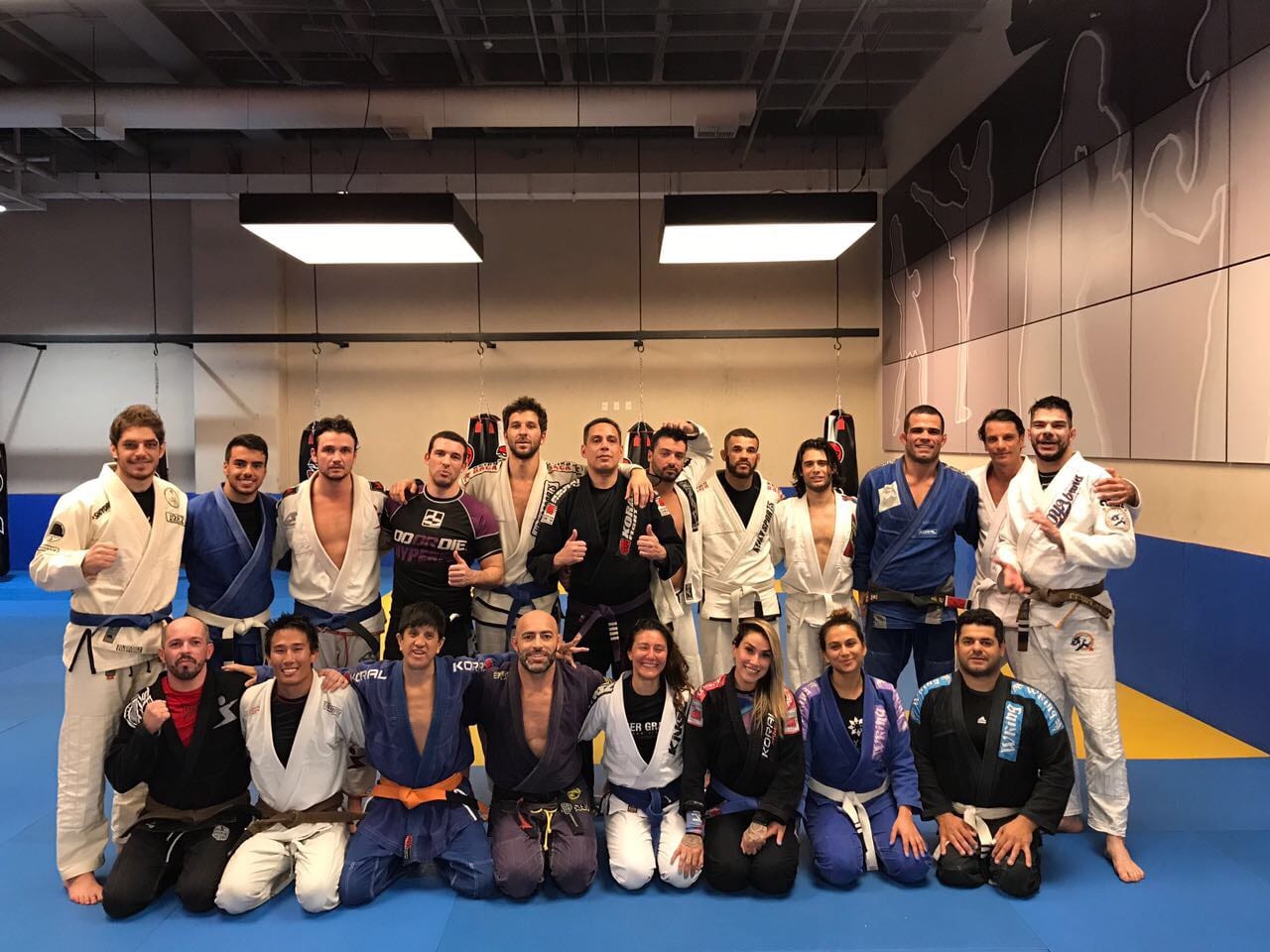
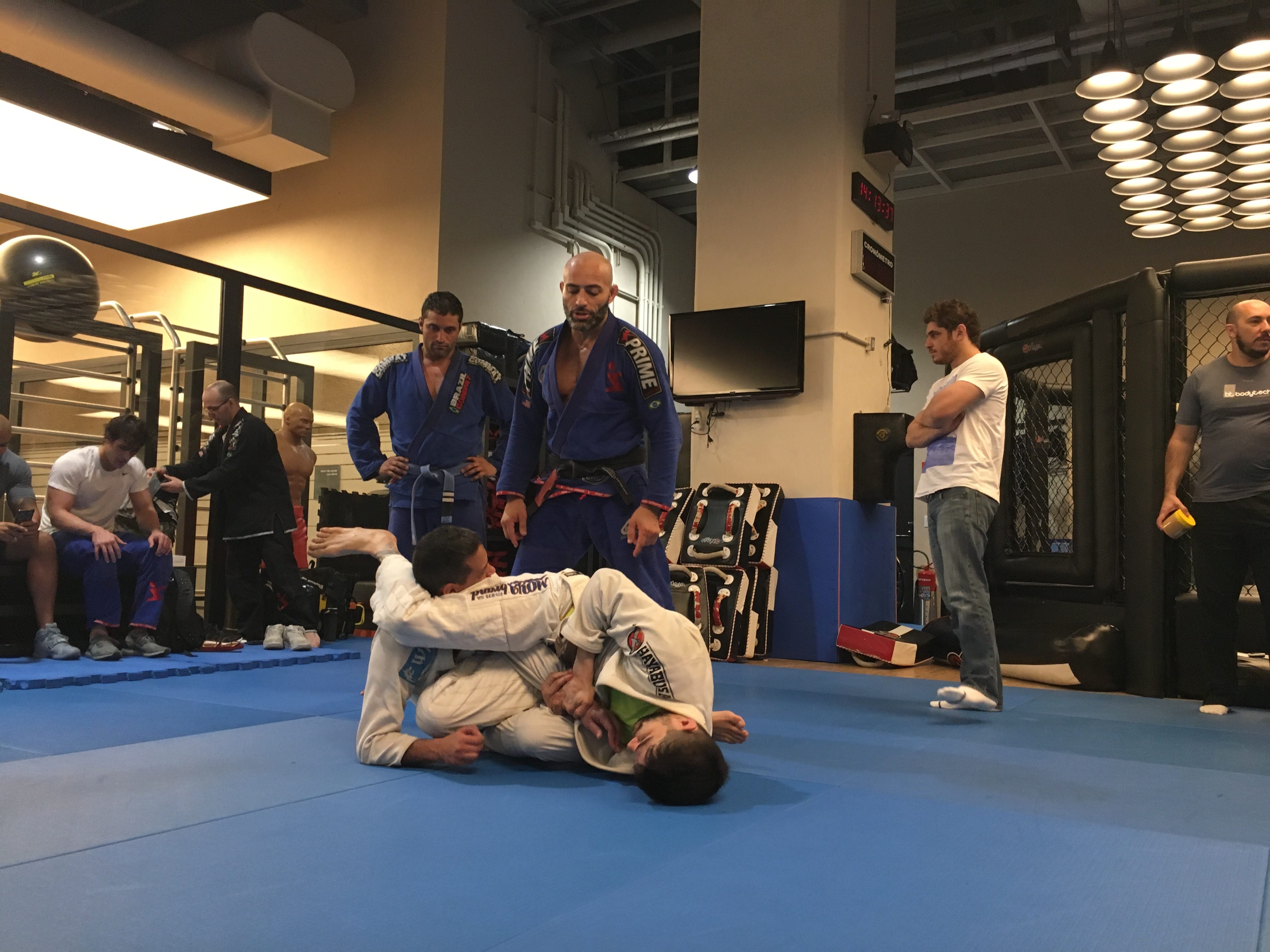
 We also spent a lot of time training at the NS Brotherhood headquarters in Aclimacao. On our first day there, we ran into Leandro Lo as he was on his way out. Alessia may have gone into shock and turned into a teenage groupie for a few moments, she may have even drooled a little (she’s a bit of a fan). Unfortunately we didn’t get the chance to share the mat with Lo as he was headed to Finland for ADCC (sorry Alessia!). Instead we had several classes with Alemao (Wellington Luis) who was an incredible teacher and showed us several nice moves and concepts – from pulling guard, to elevator sweeps, lapel techniques and some very useful tricks to get the second hook in from the back.
We also spent a lot of time training at the NS Brotherhood headquarters in Aclimacao. On our first day there, we ran into Leandro Lo as he was on his way out. Alessia may have gone into shock and turned into a teenage groupie for a few moments, she may have even drooled a little (she’s a bit of a fan). Unfortunately we didn’t get the chance to share the mat with Lo as he was headed to Finland for ADCC (sorry Alessia!). Instead we had several classes with Alemao (Wellington Luis) who was an incredible teacher and showed us several nice moves and concepts – from pulling guard, to elevator sweeps, lapel techniques and some very useful tricks to get the second hook in from the back.
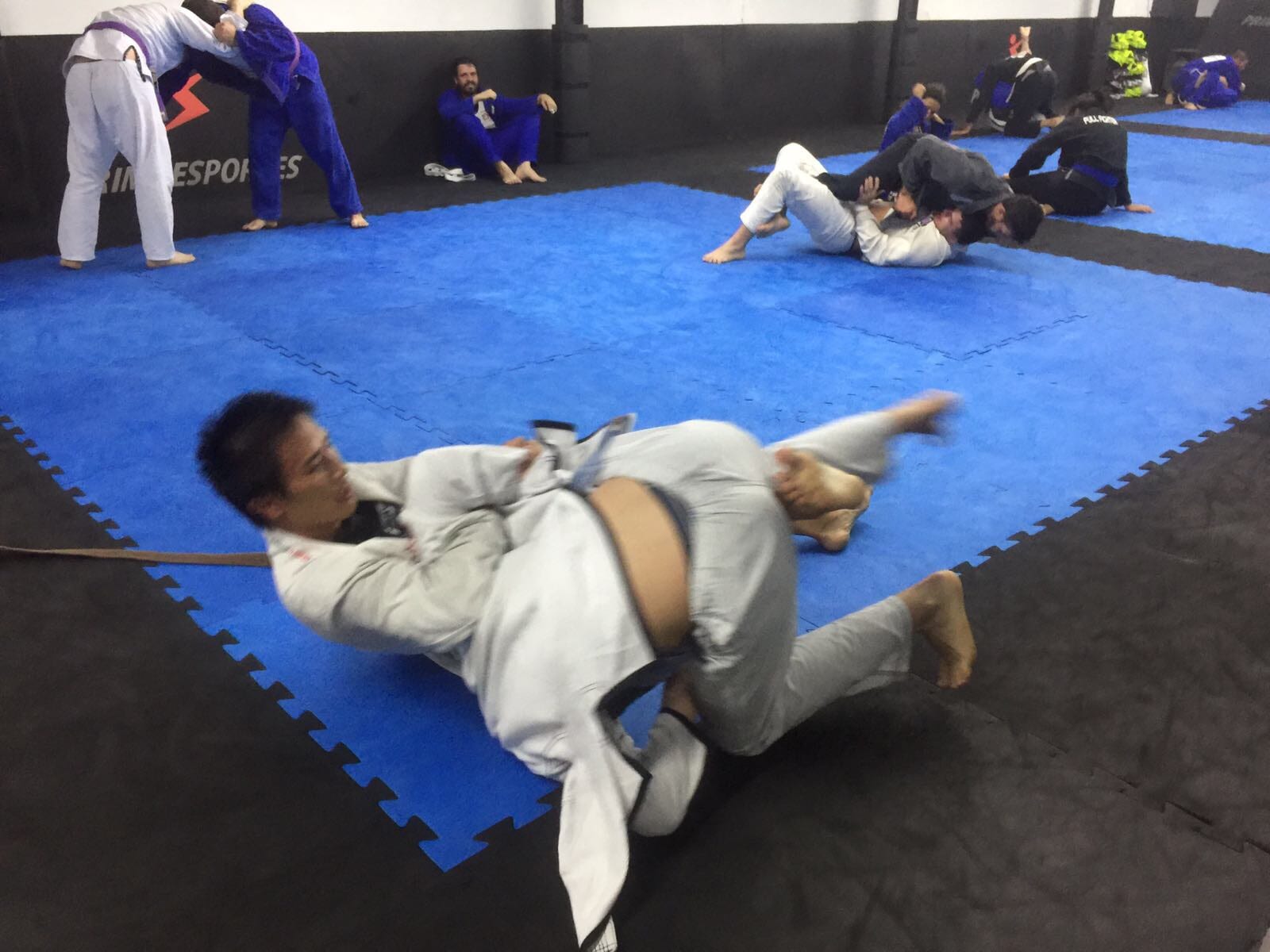 Alessia also found a great yoga studio nearby; so every morning she would wake up super early to go to class, then we would head to training at either Bodytech or NS Brotherhood headquarters in Aclimacao, and then again at night time. It was pretty exhausting, and in between we would nap or try explore some of the city, but São Paulo is HUGE. You need to take cabs or public transport everywhere if you don’t have a car. It has amazing options for food but a lot of them were a bit out of our budget, so we took advantage of having a kitchen to cook as much as possible and save a bit of money.
Alessia also found a great yoga studio nearby; so every morning she would wake up super early to go to class, then we would head to training at either Bodytech or NS Brotherhood headquarters in Aclimacao, and then again at night time. It was pretty exhausting, and in between we would nap or try explore some of the city, but São Paulo is HUGE. You need to take cabs or public transport everywhere if you don’t have a car. It has amazing options for food but a lot of them were a bit out of our budget, so we took advantage of having a kitchen to cook as much as possible and save a bit of money.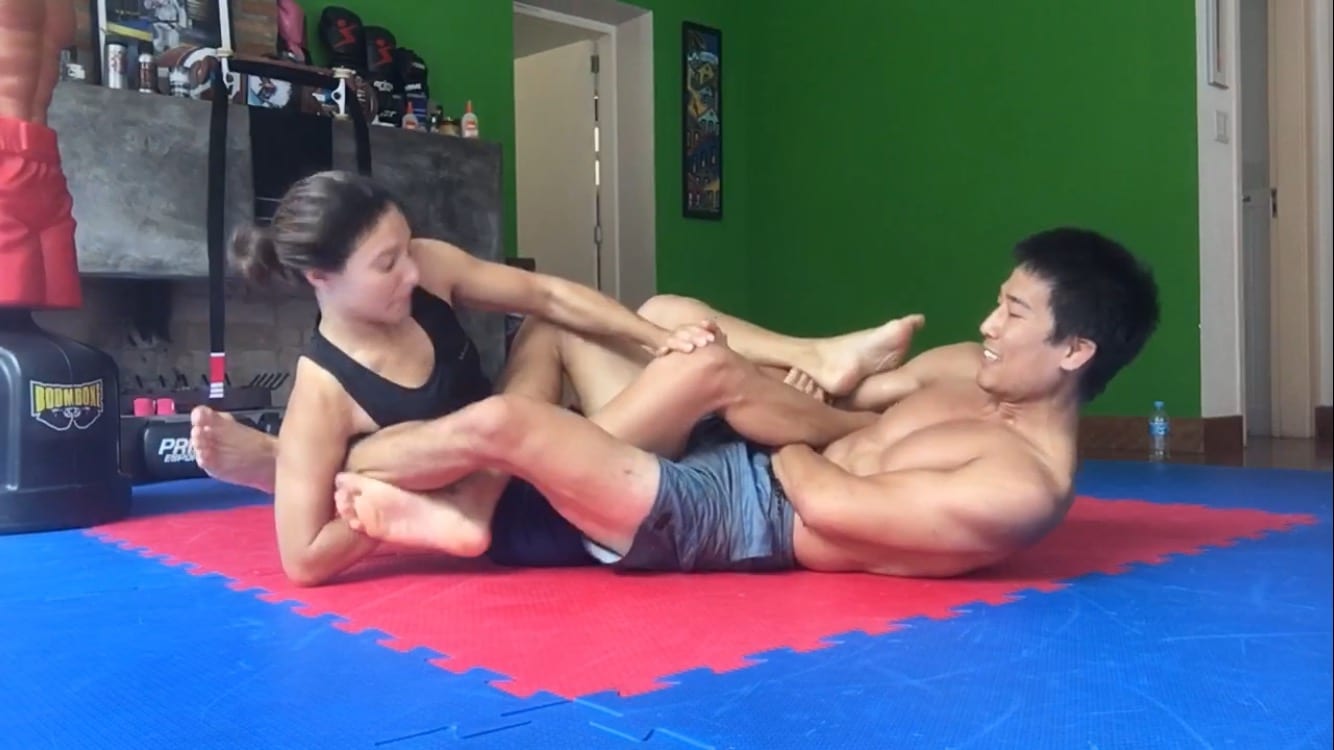
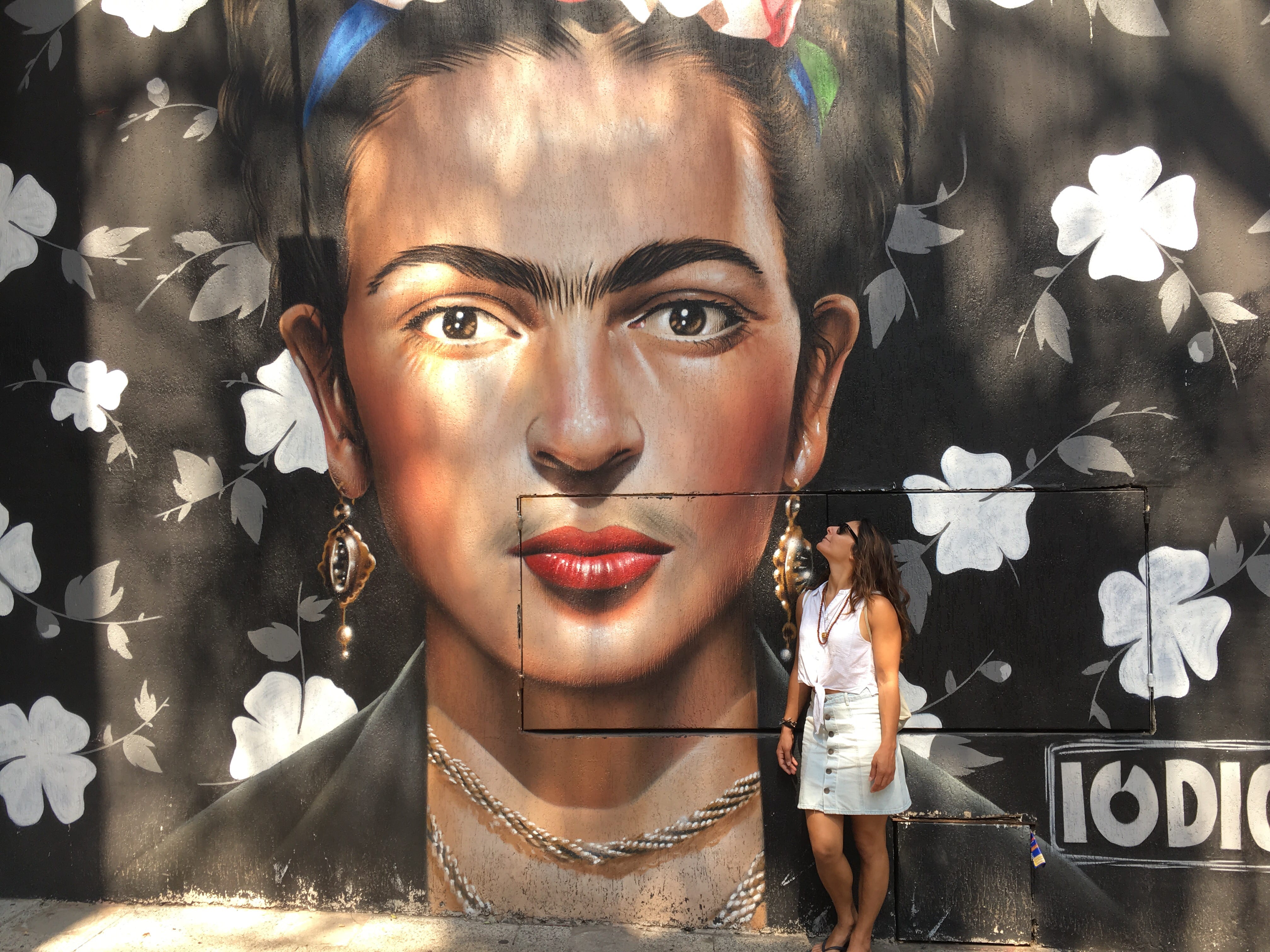 Marcelo came back from London on our last day in São Paulo, so we were able to hang out a bit and get one last session in on the mats at Bodytech. We were really grateful for the place to stay and for His and Marcio’s help in getting used to São Paulo, as well as all the great training we were exposed to.
Marcelo came back from London on our last day in São Paulo, so we were able to hang out a bit and get one last session in on the mats at Bodytech. We were really grateful for the place to stay and for His and Marcio’s help in getting used to São Paulo, as well as all the great training we were exposed to.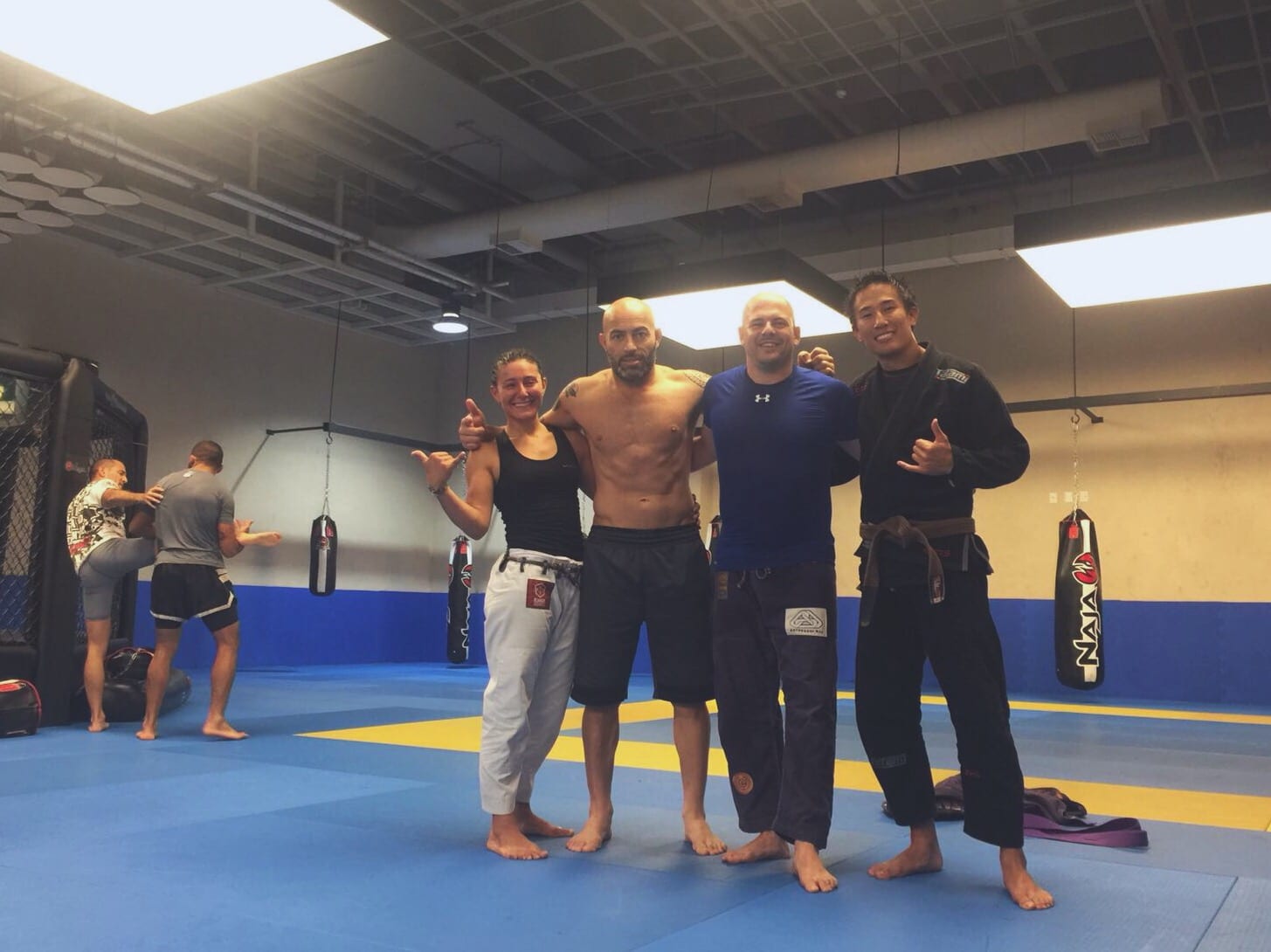 We left São Paulo wishing we had spent more time there, as there were so many other incredibly gyms we would have liked to try out as well: Demian Maia’s, Alliance, Cicero Costha etc. But we had booked a month’s accommodation in Rio to train already and were committed to that. We’d love to come back and spend a couple more weeks in São Paulo before we get kicked out of Brazil though (visas etc), so stay tuned.
We left São Paulo wishing we had spent more time there, as there were so many other incredibly gyms we would have liked to try out as well: Demian Maia’s, Alliance, Cicero Costha etc. But we had booked a month’s accommodation in Rio to train already and were committed to that. We’d love to come back and spend a couple more weeks in São Paulo before we get kicked out of Brazil though (visas etc), so stay tuned.